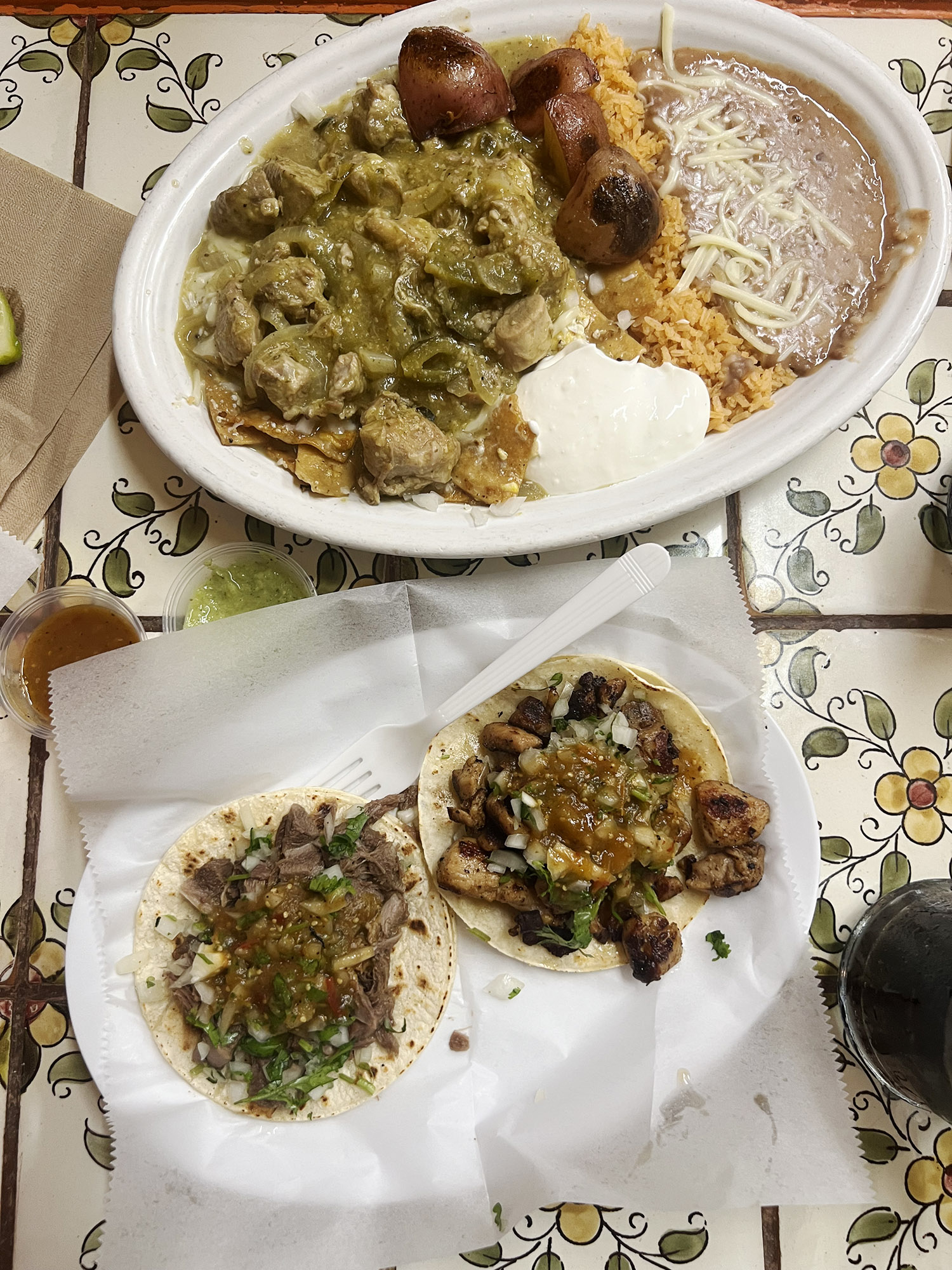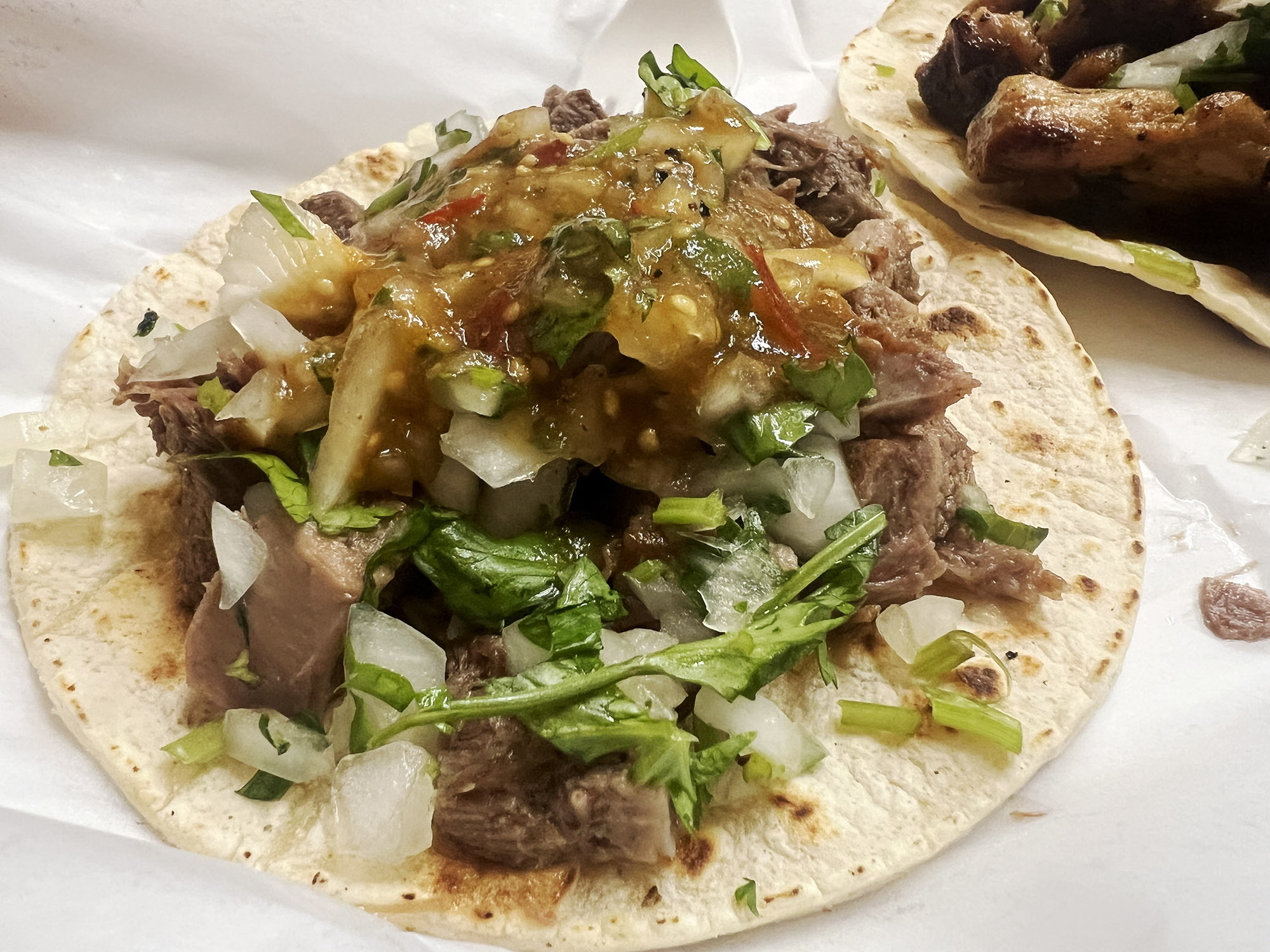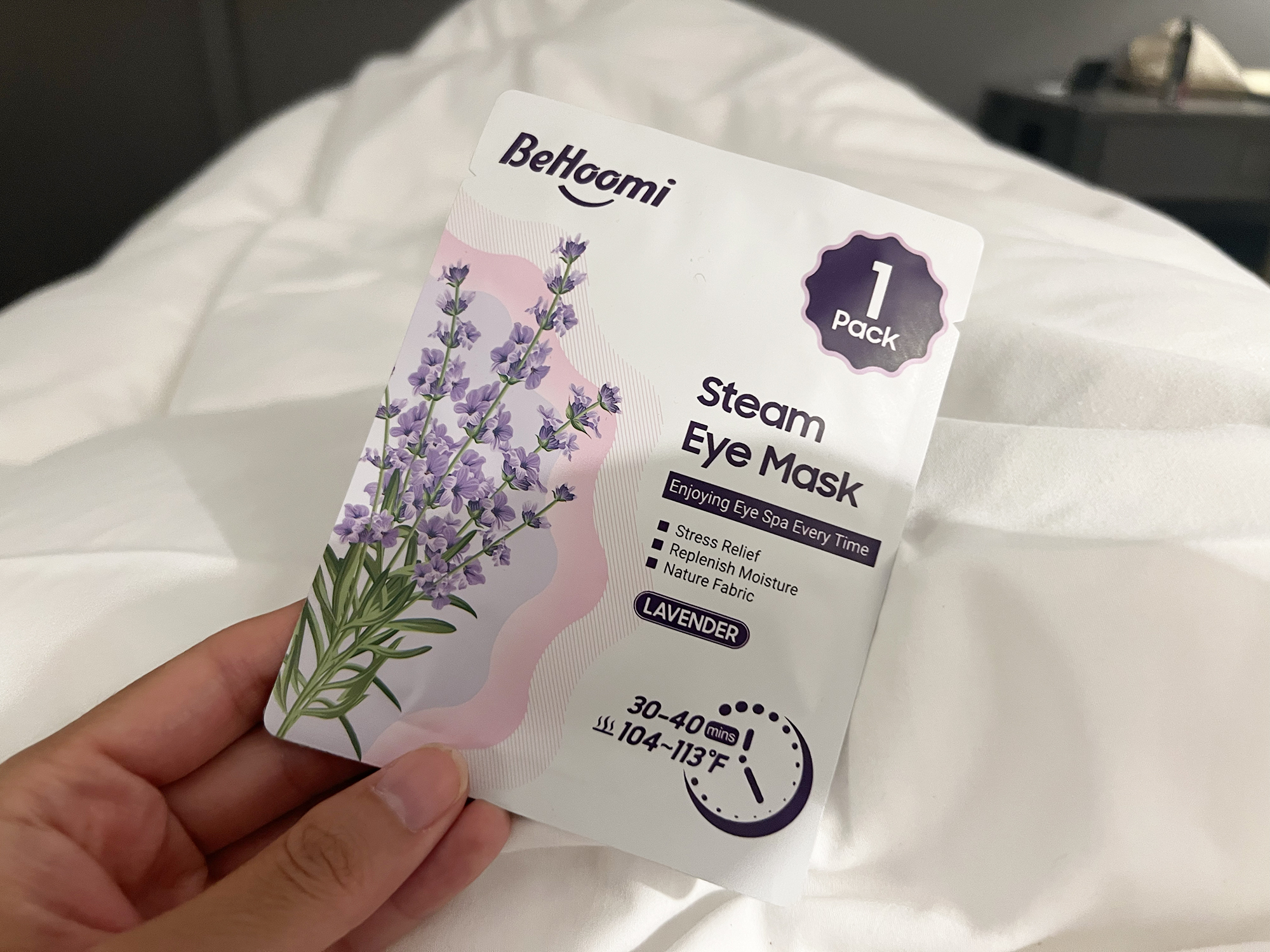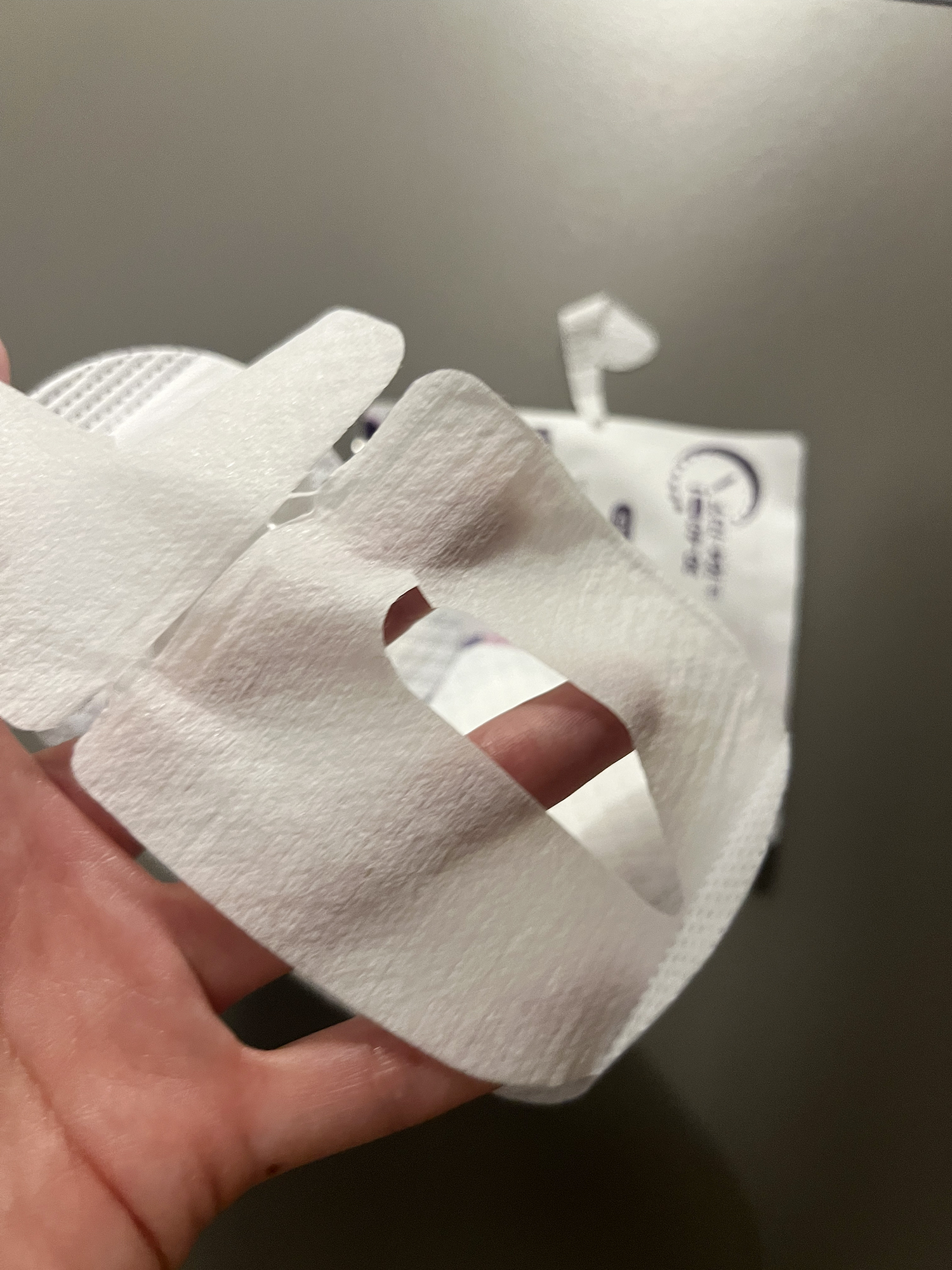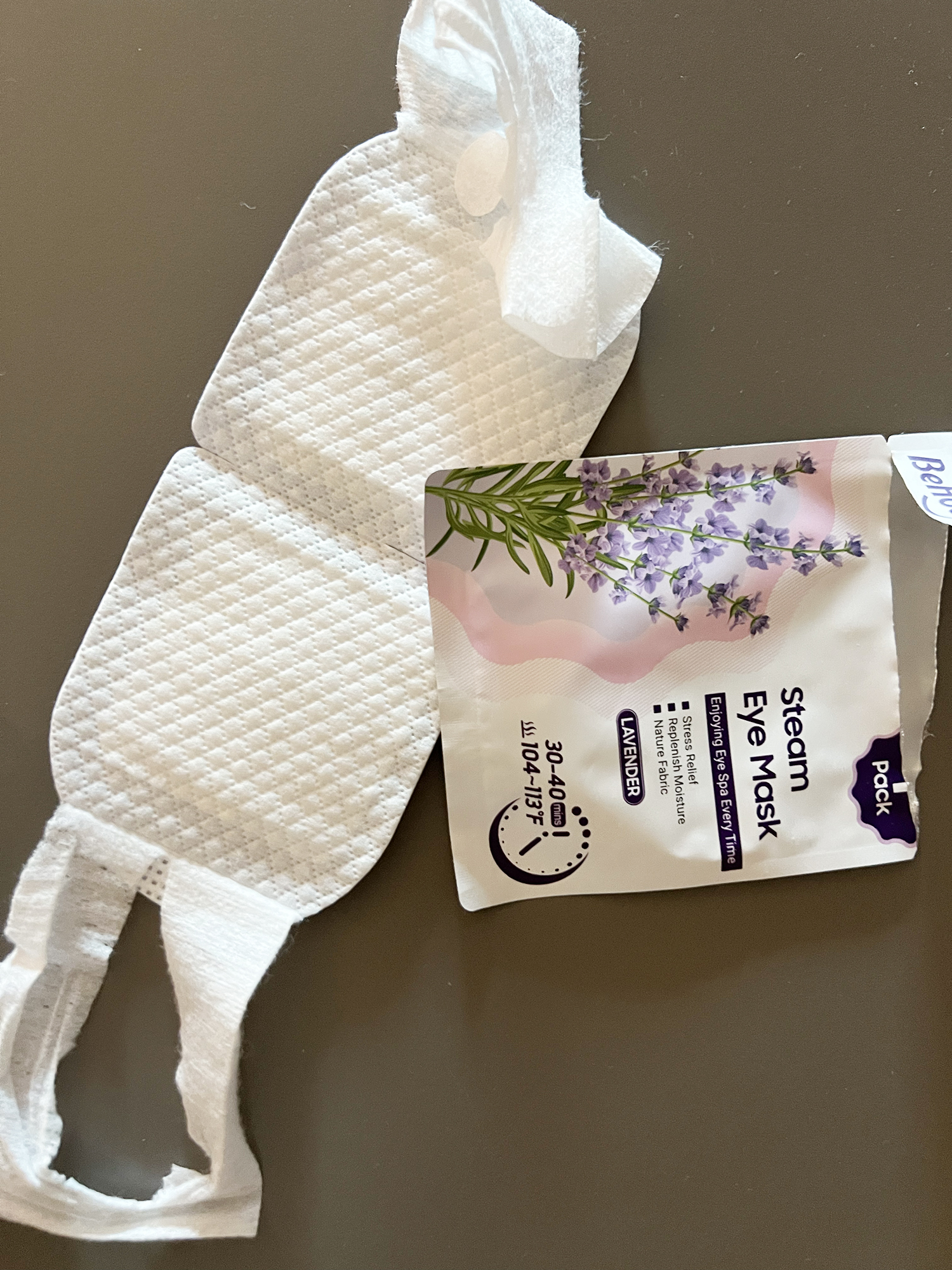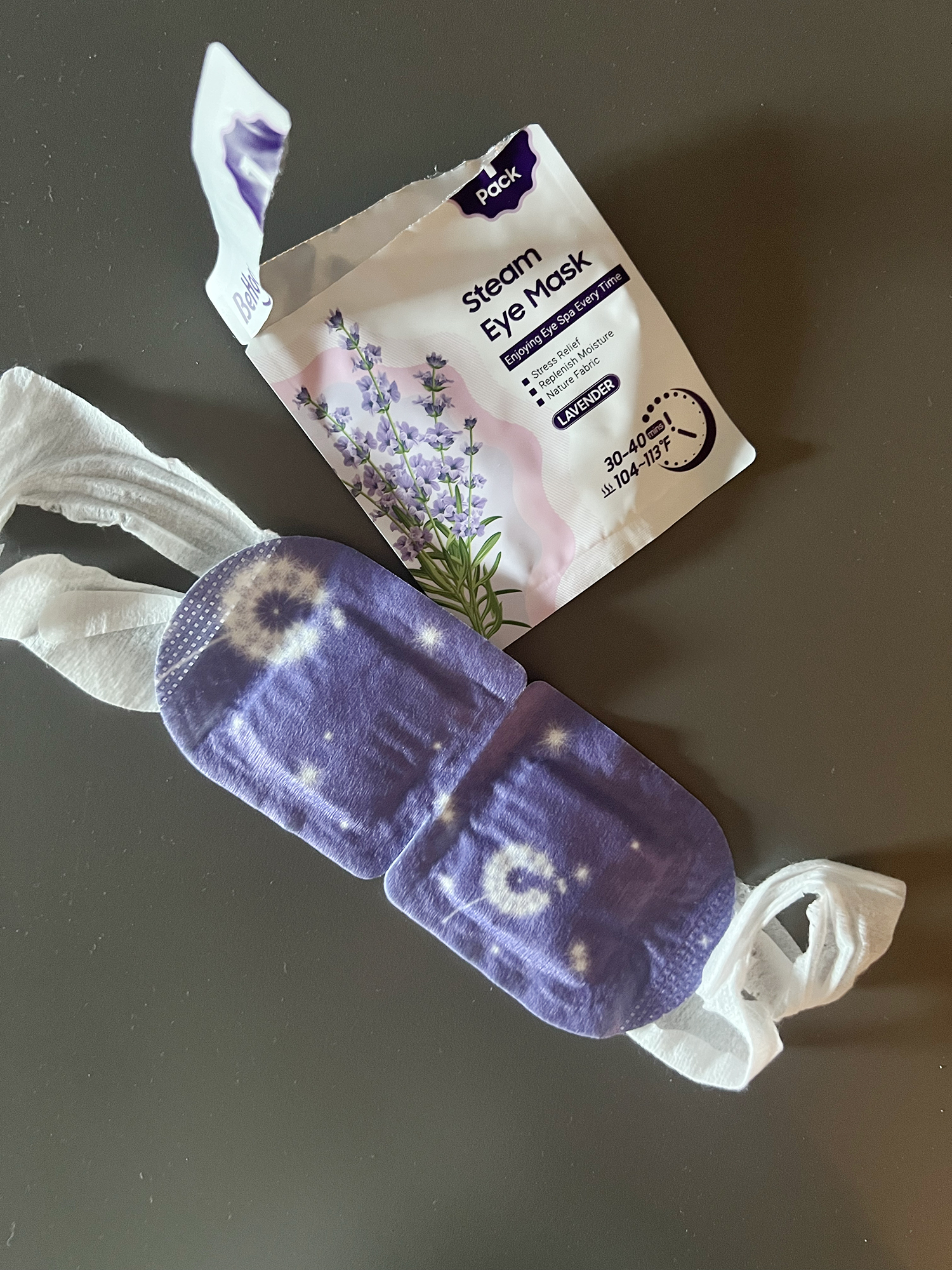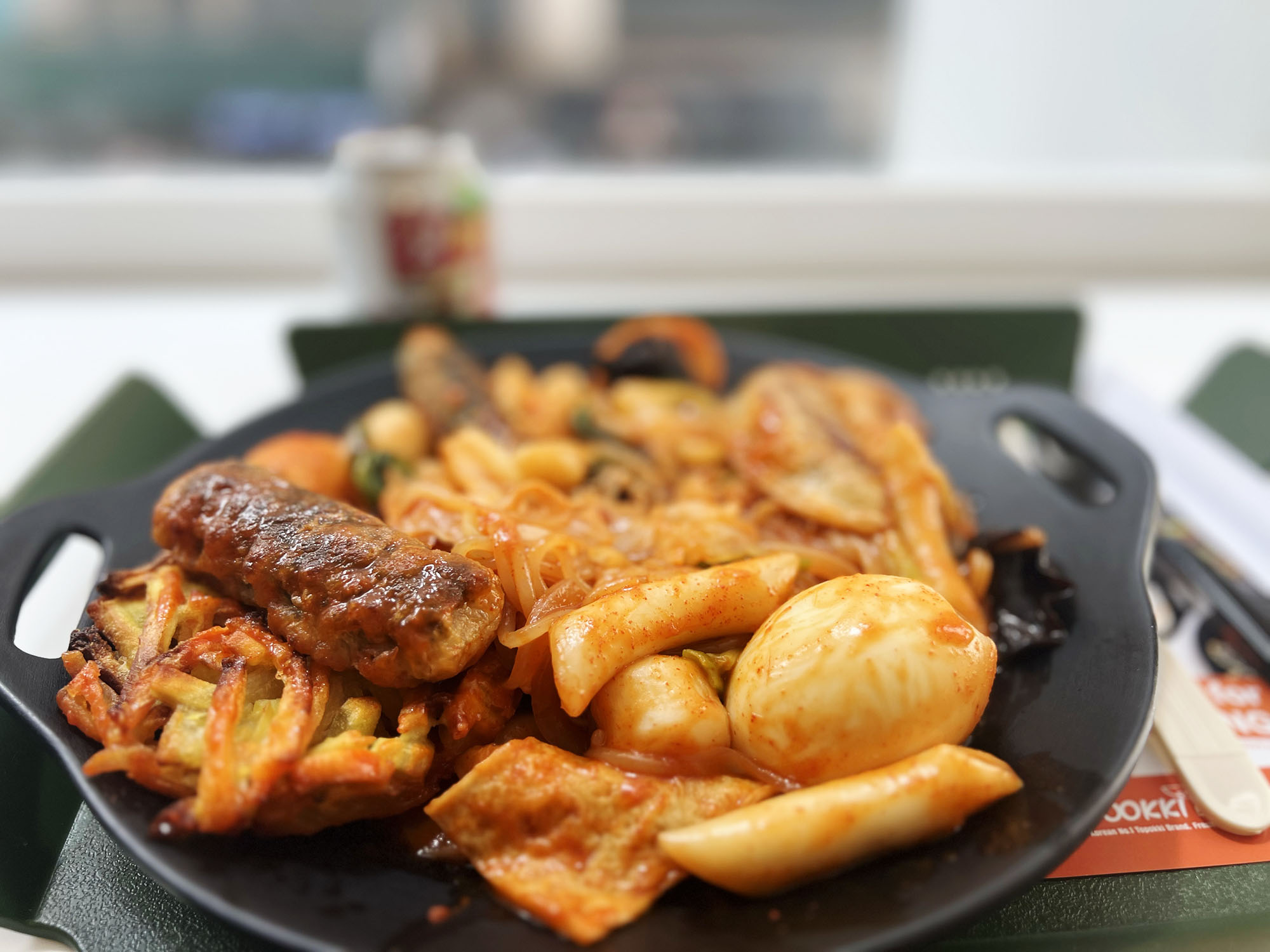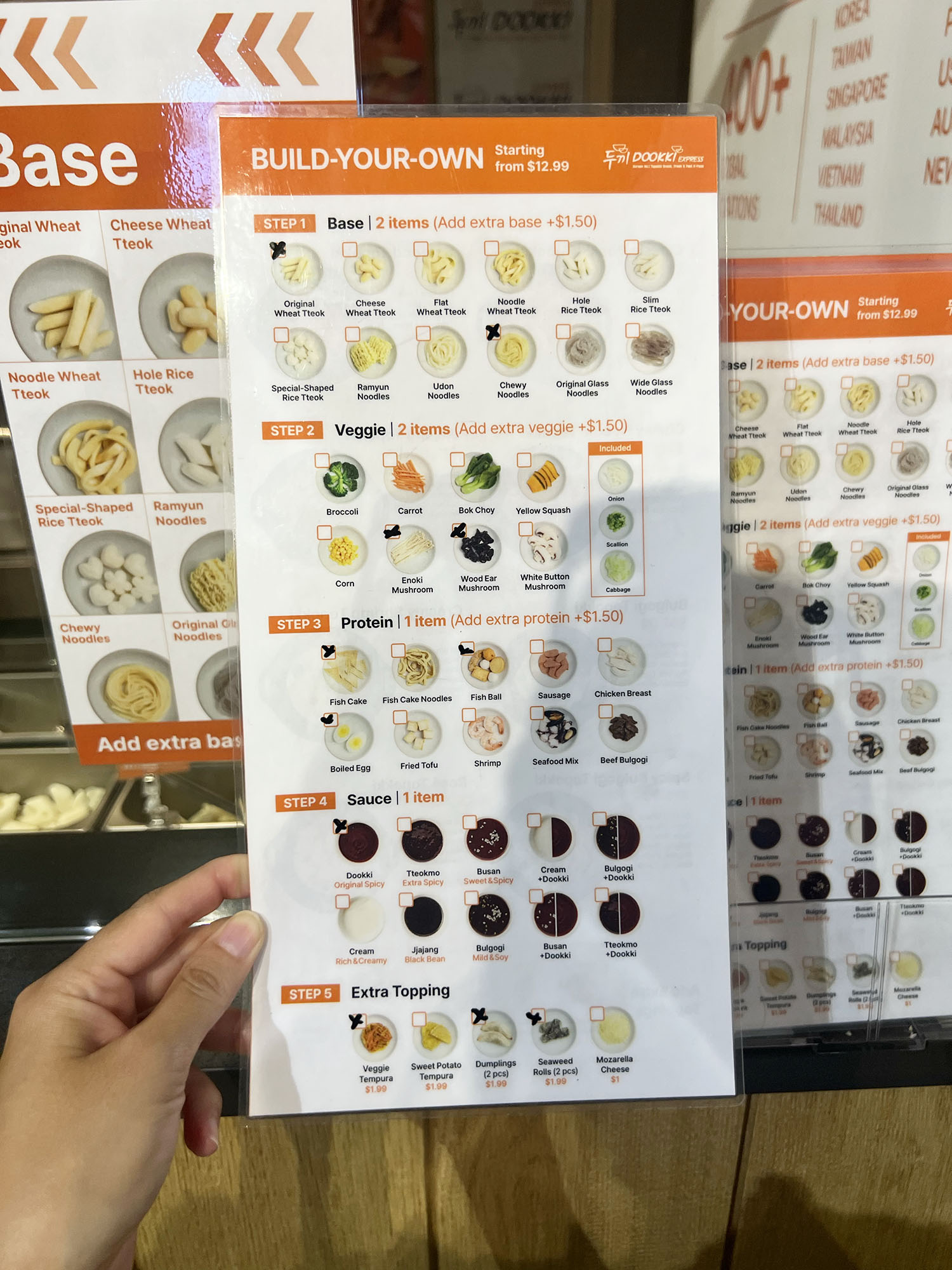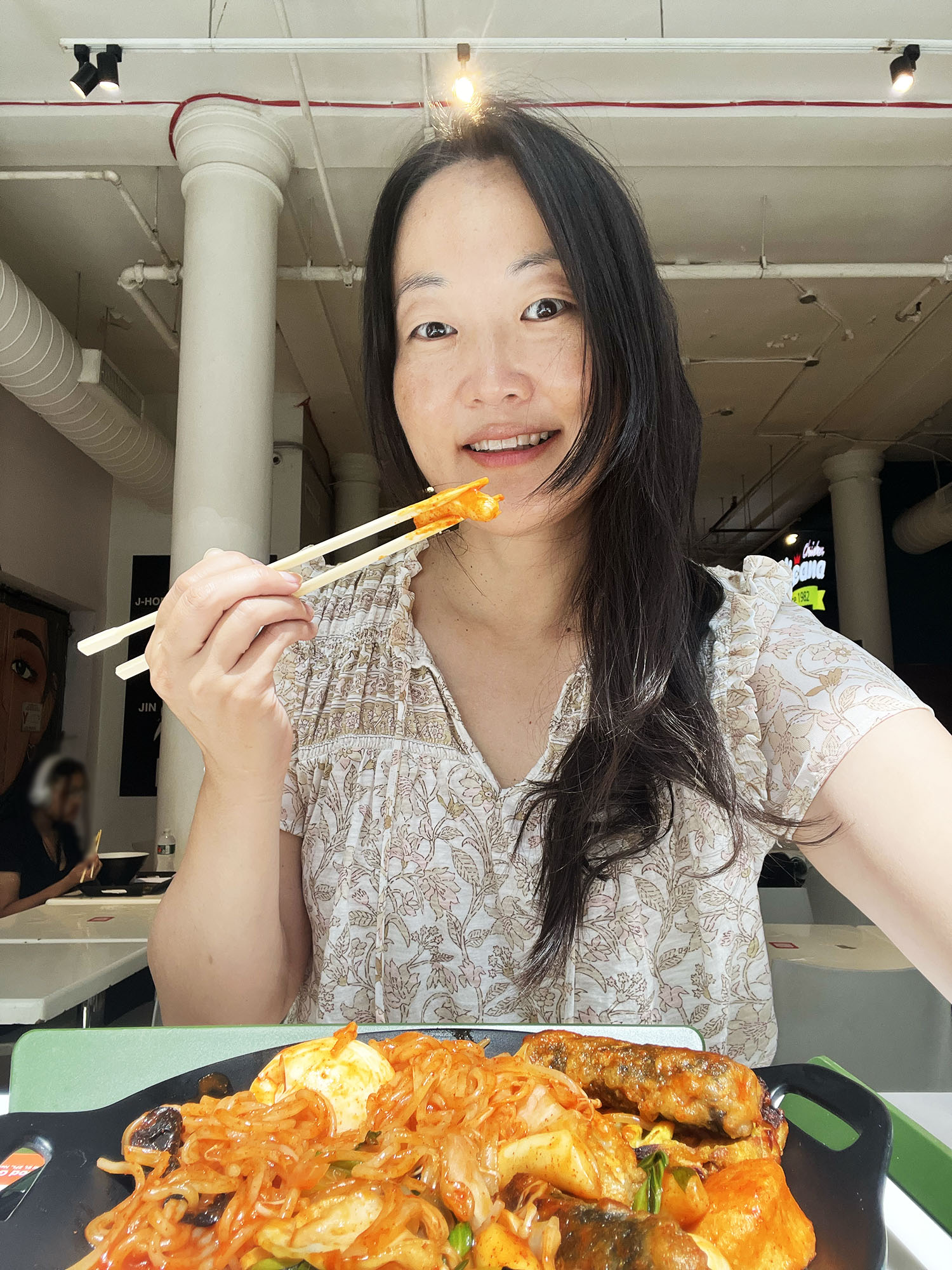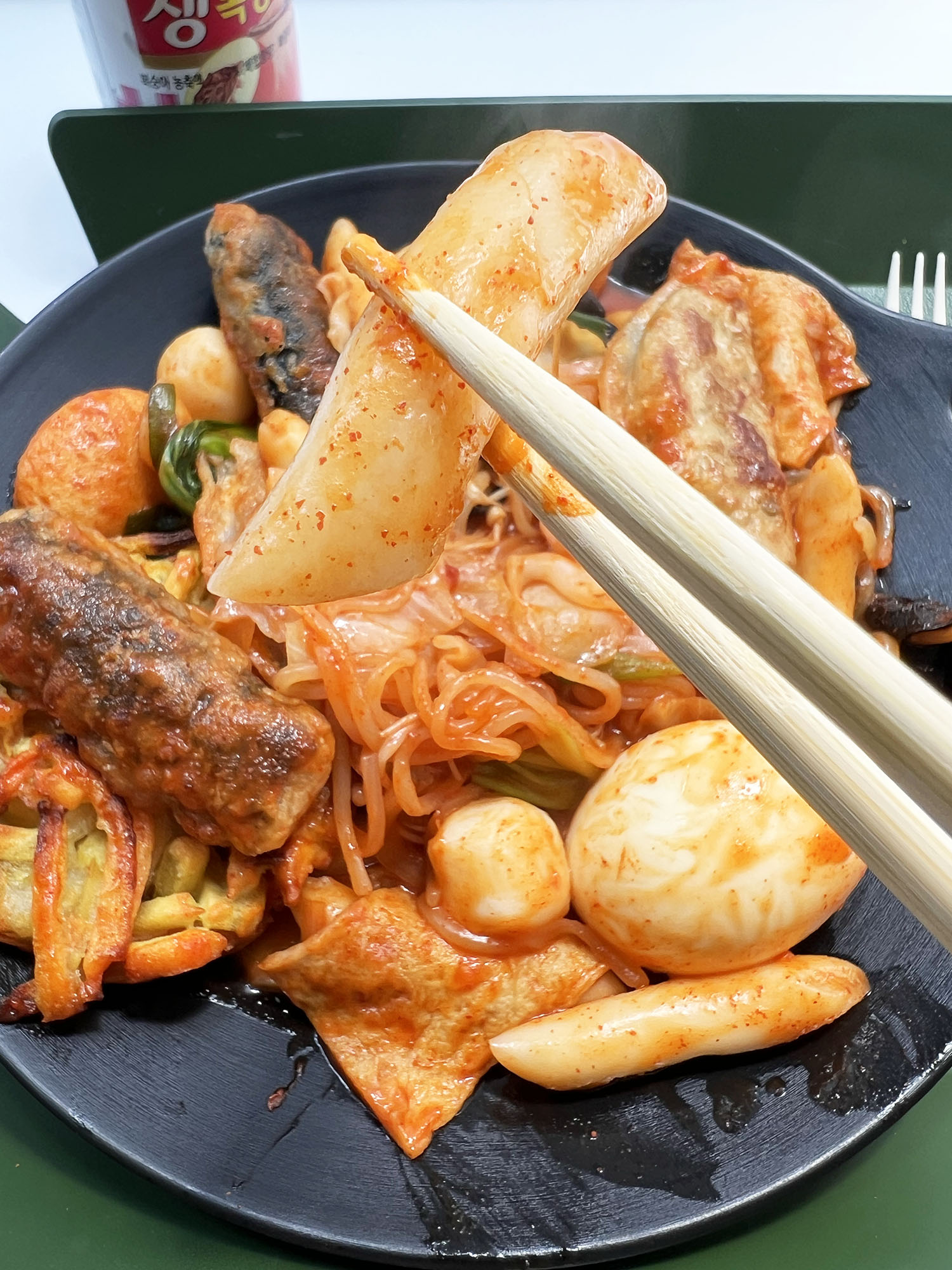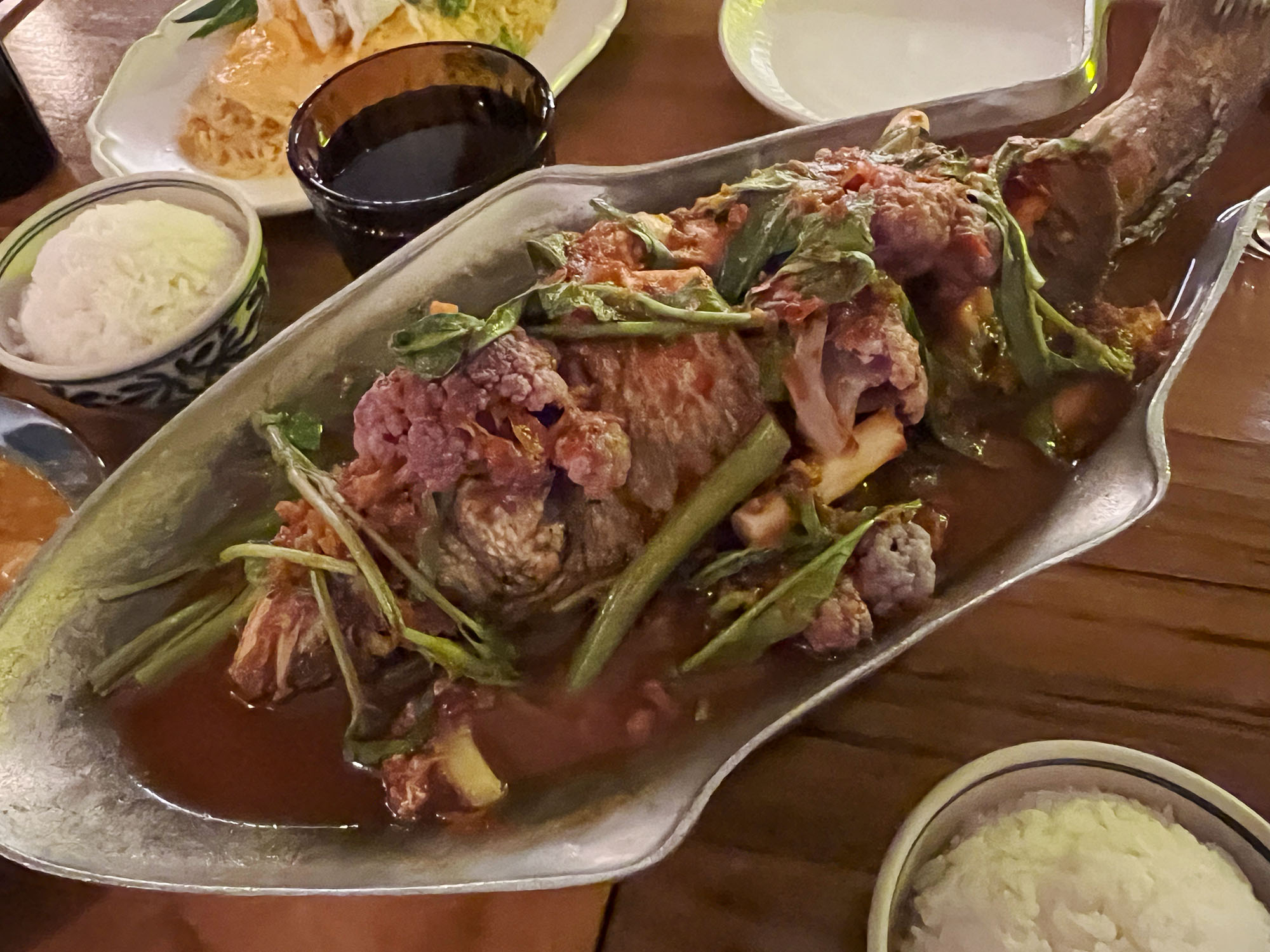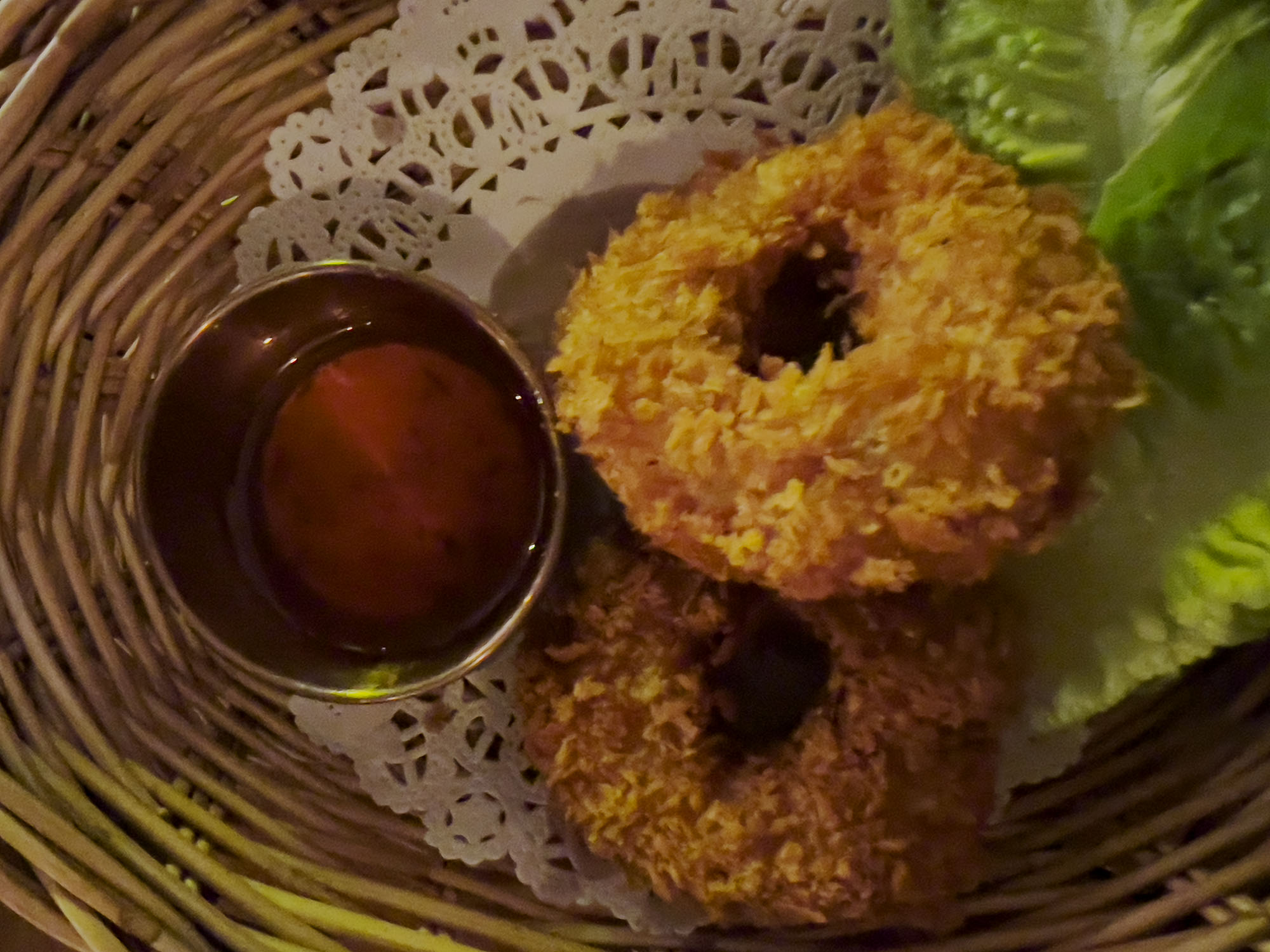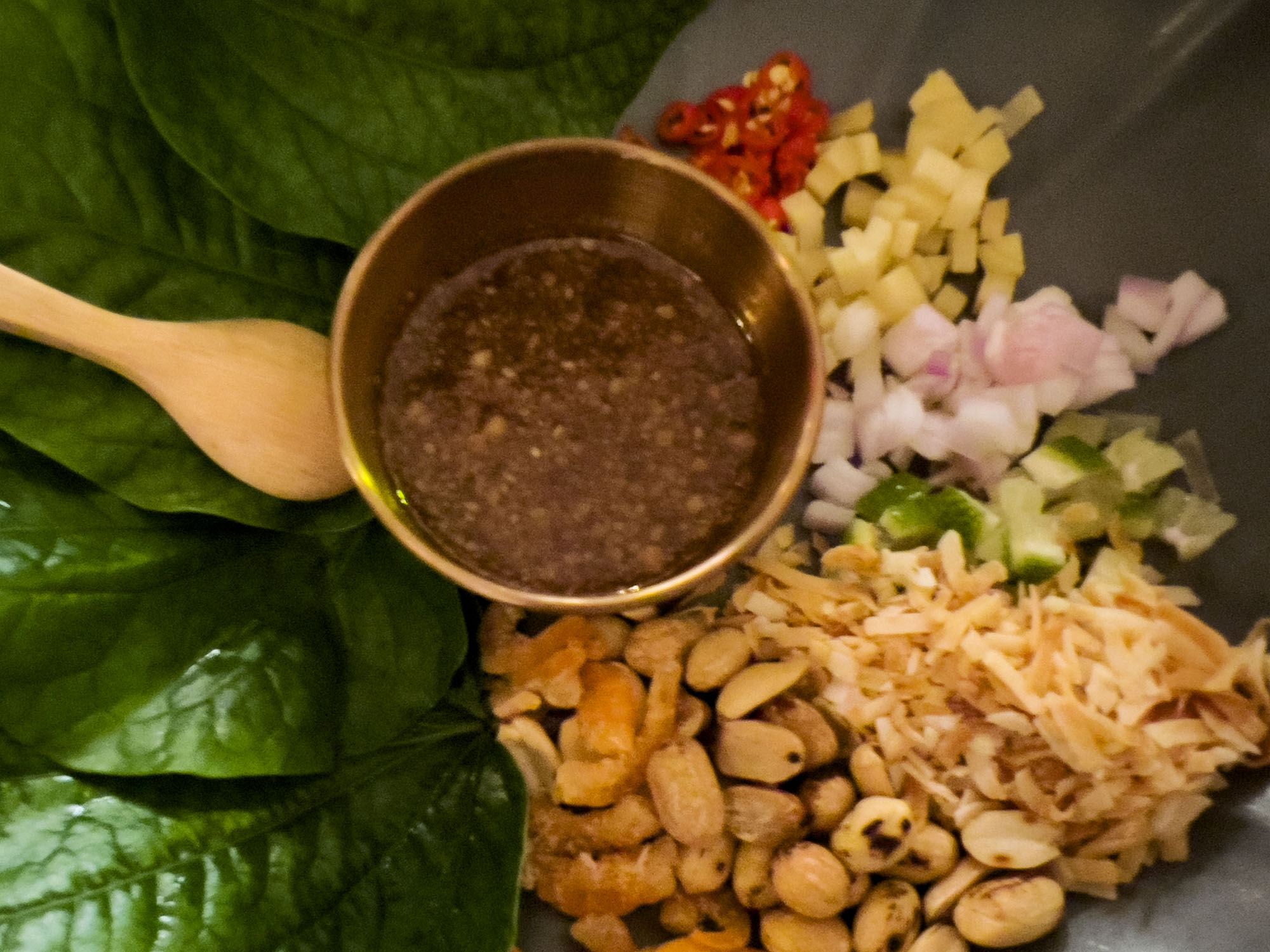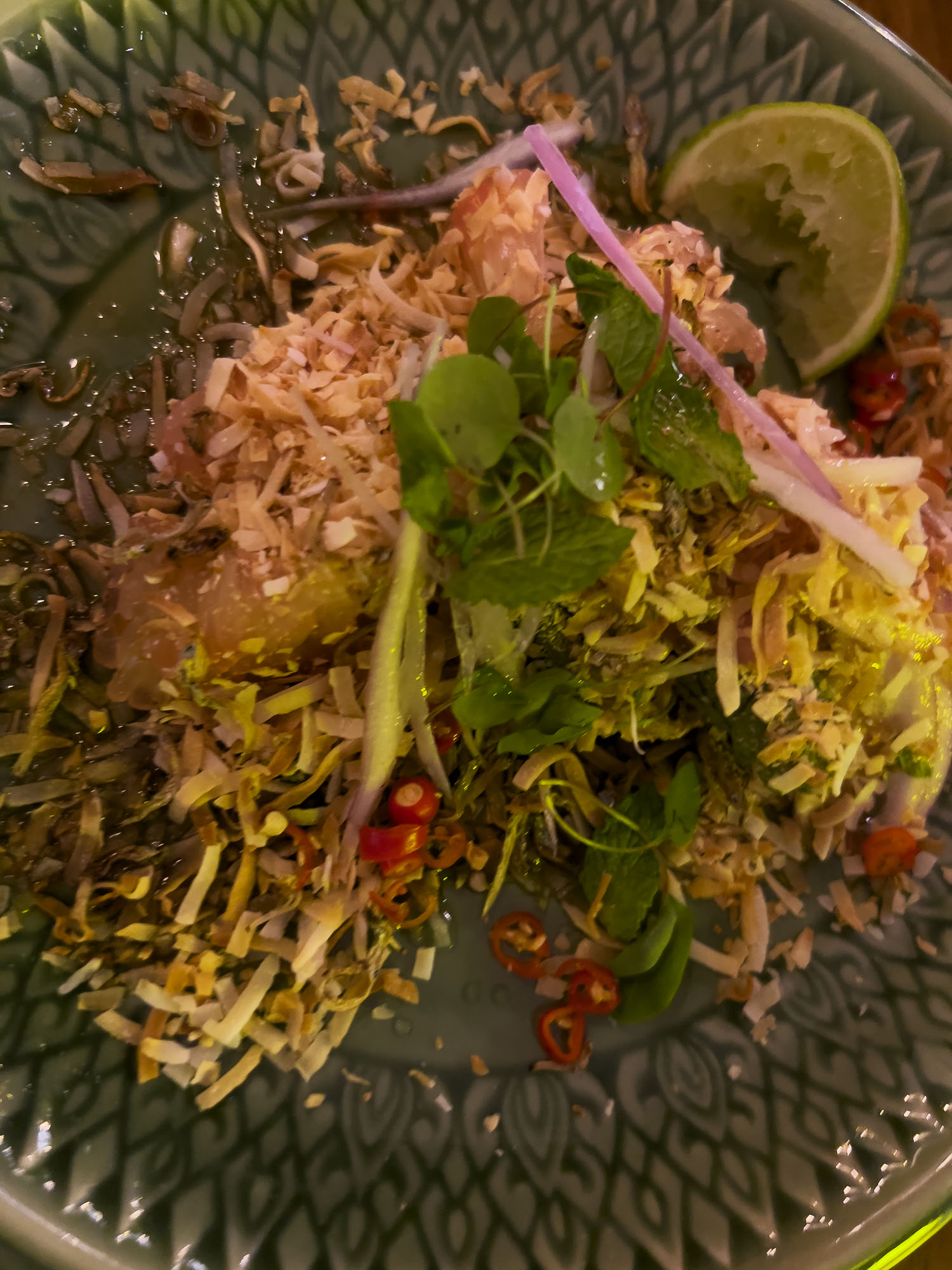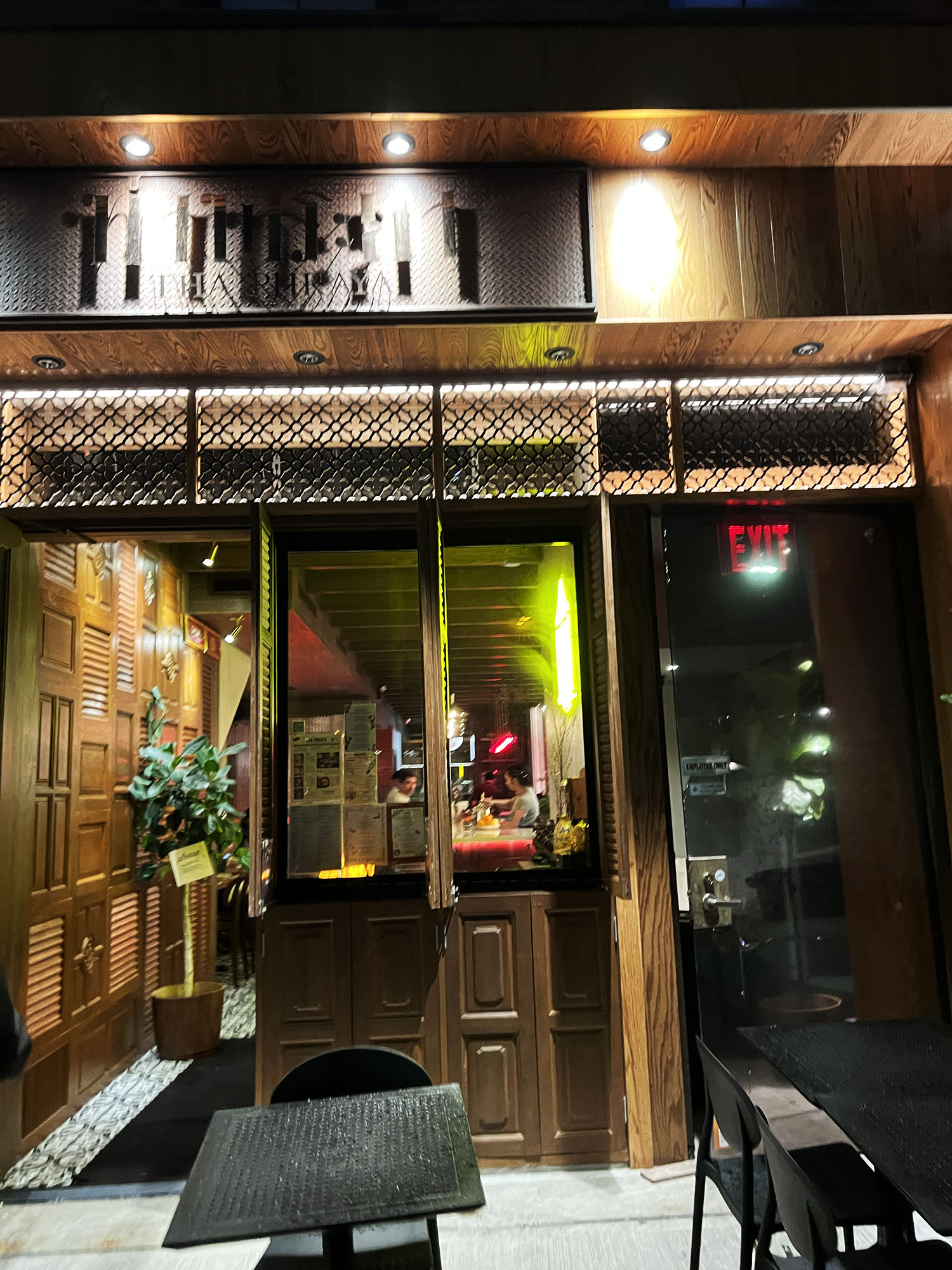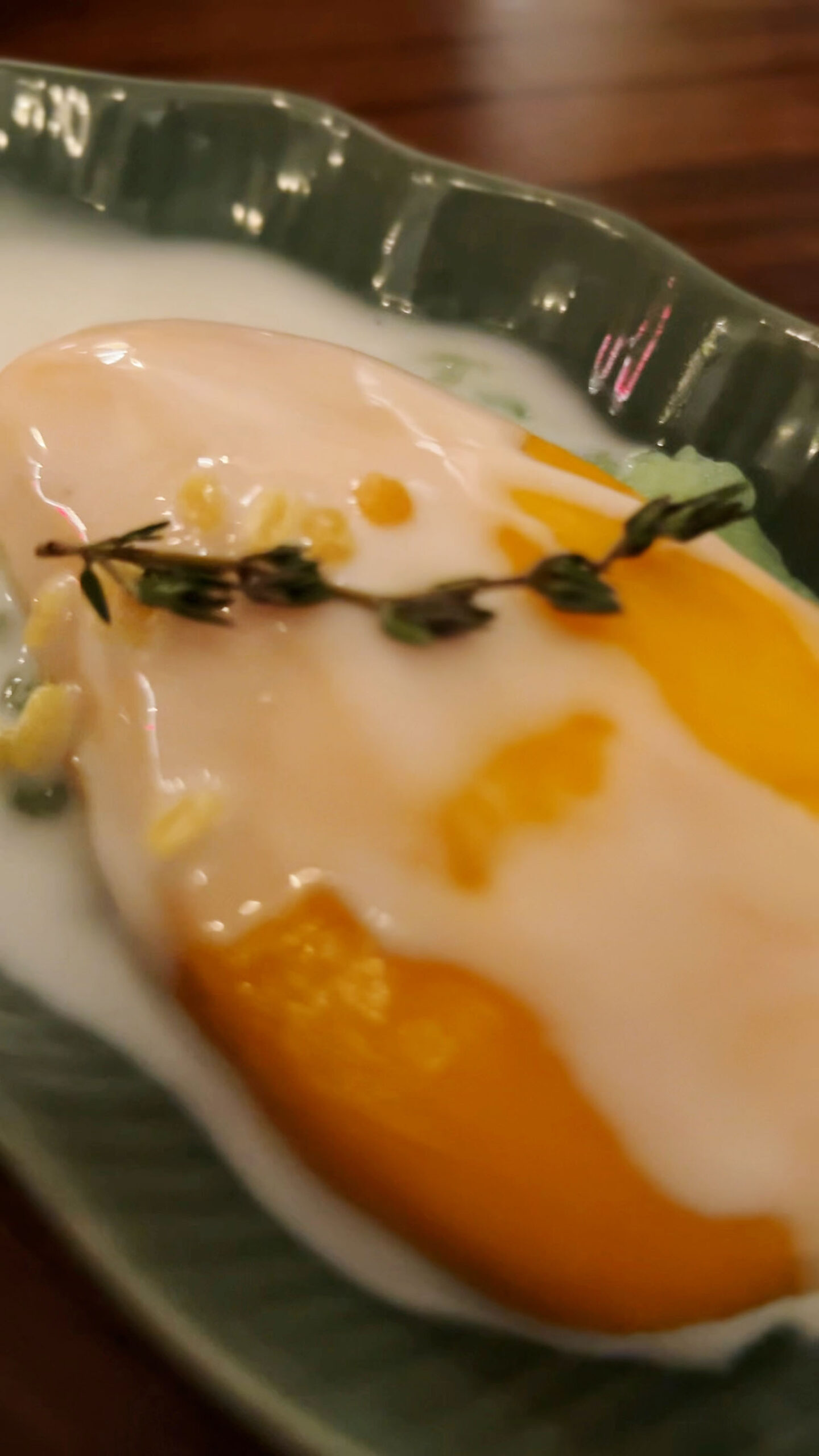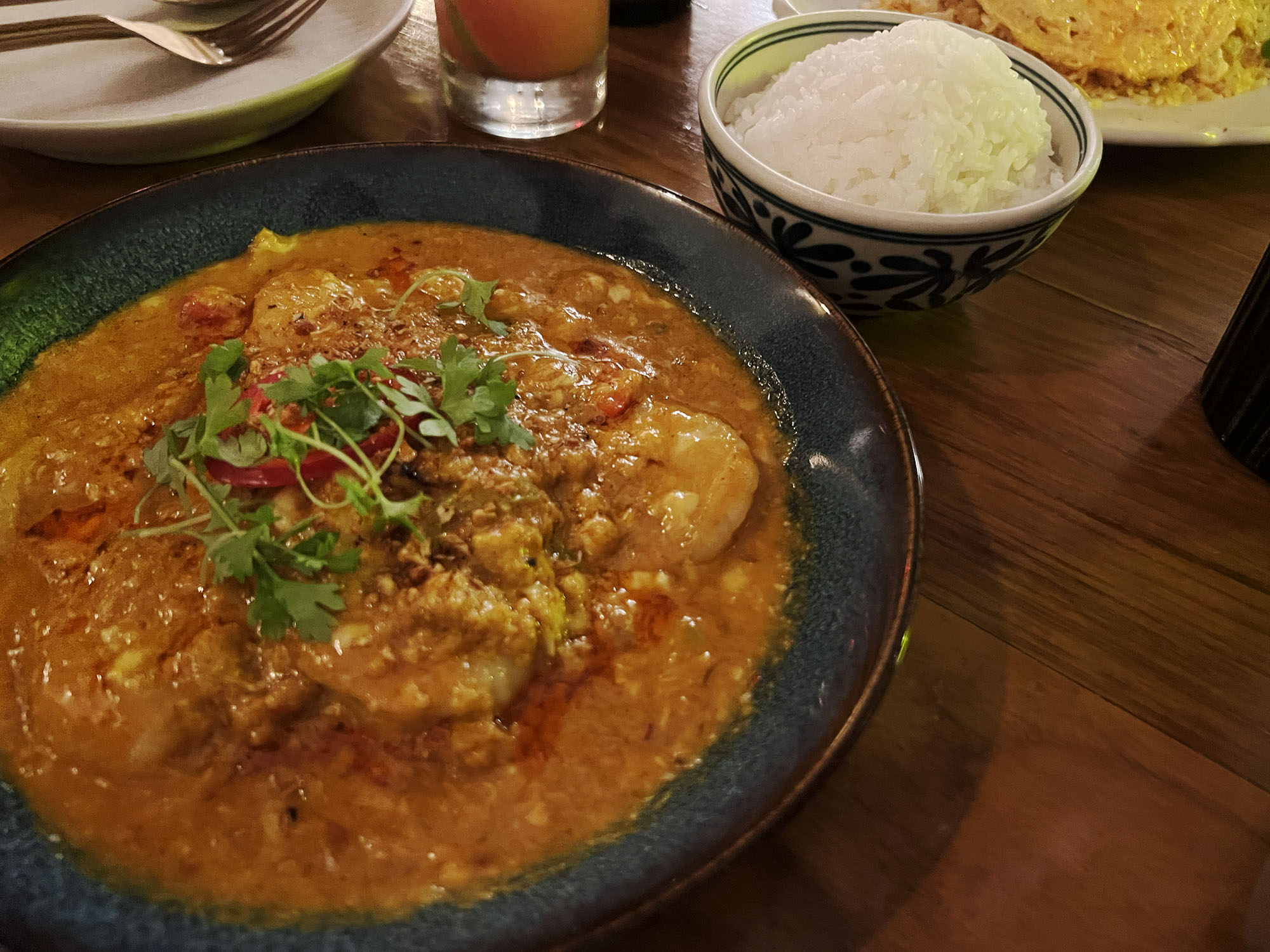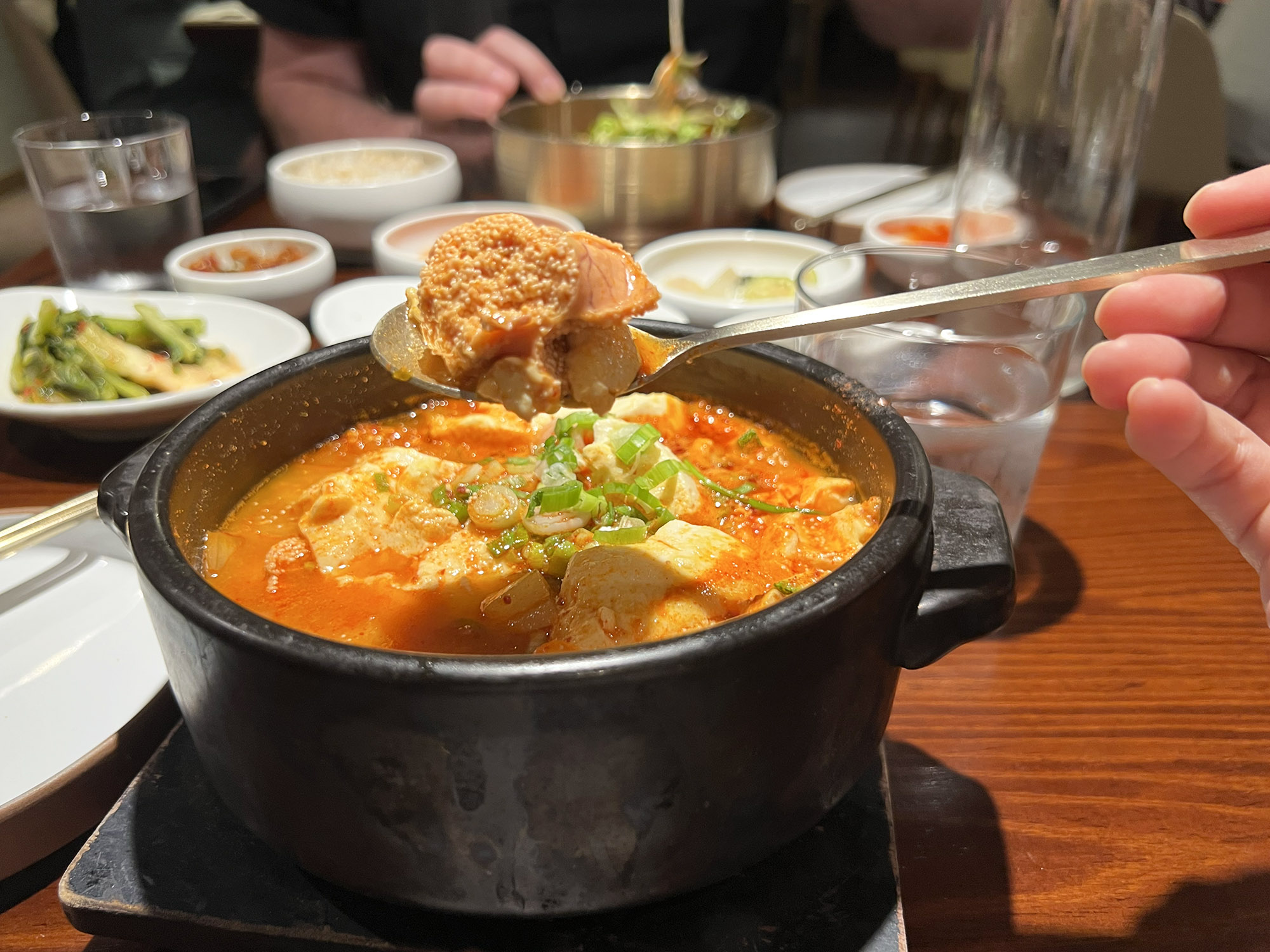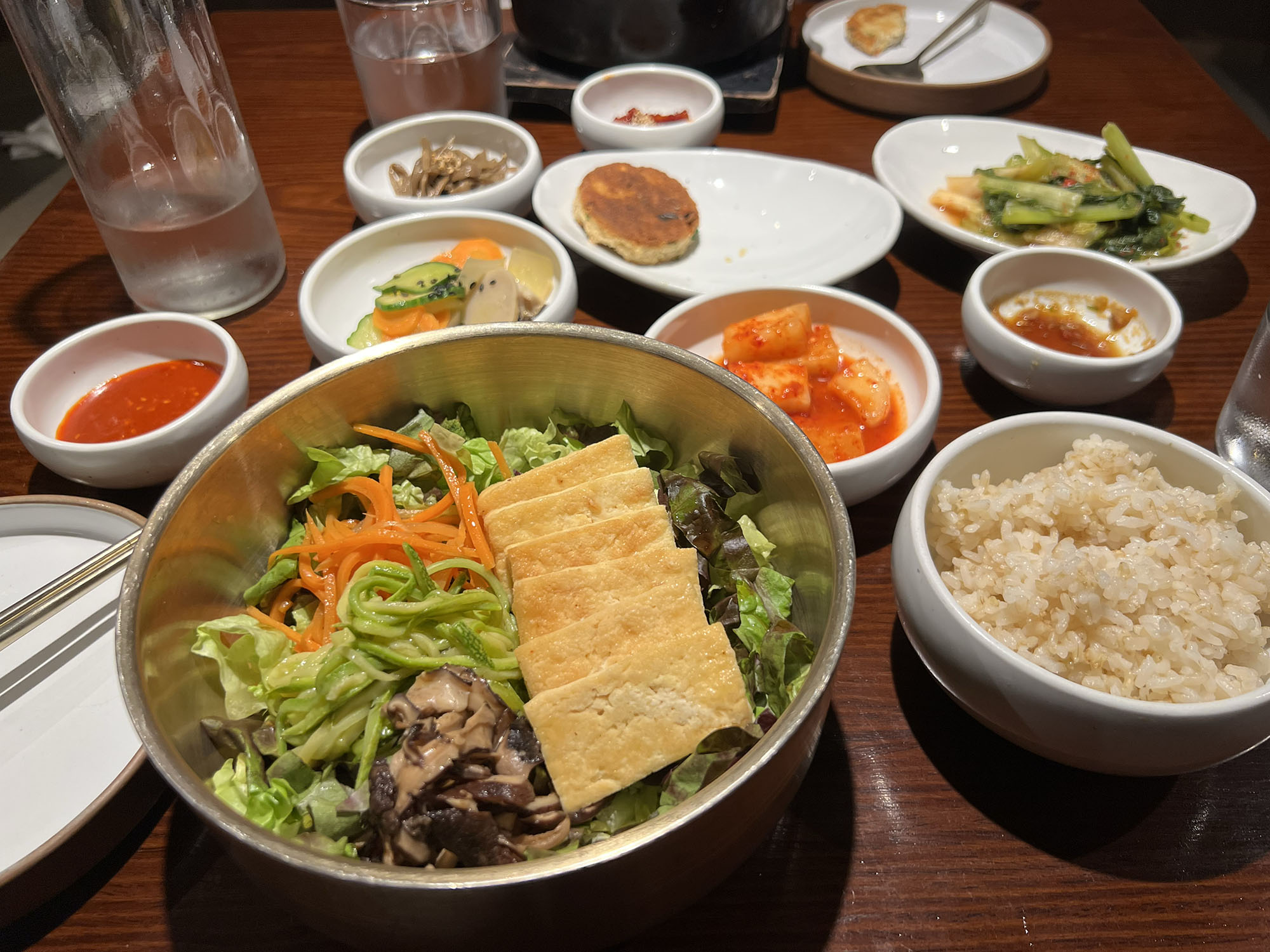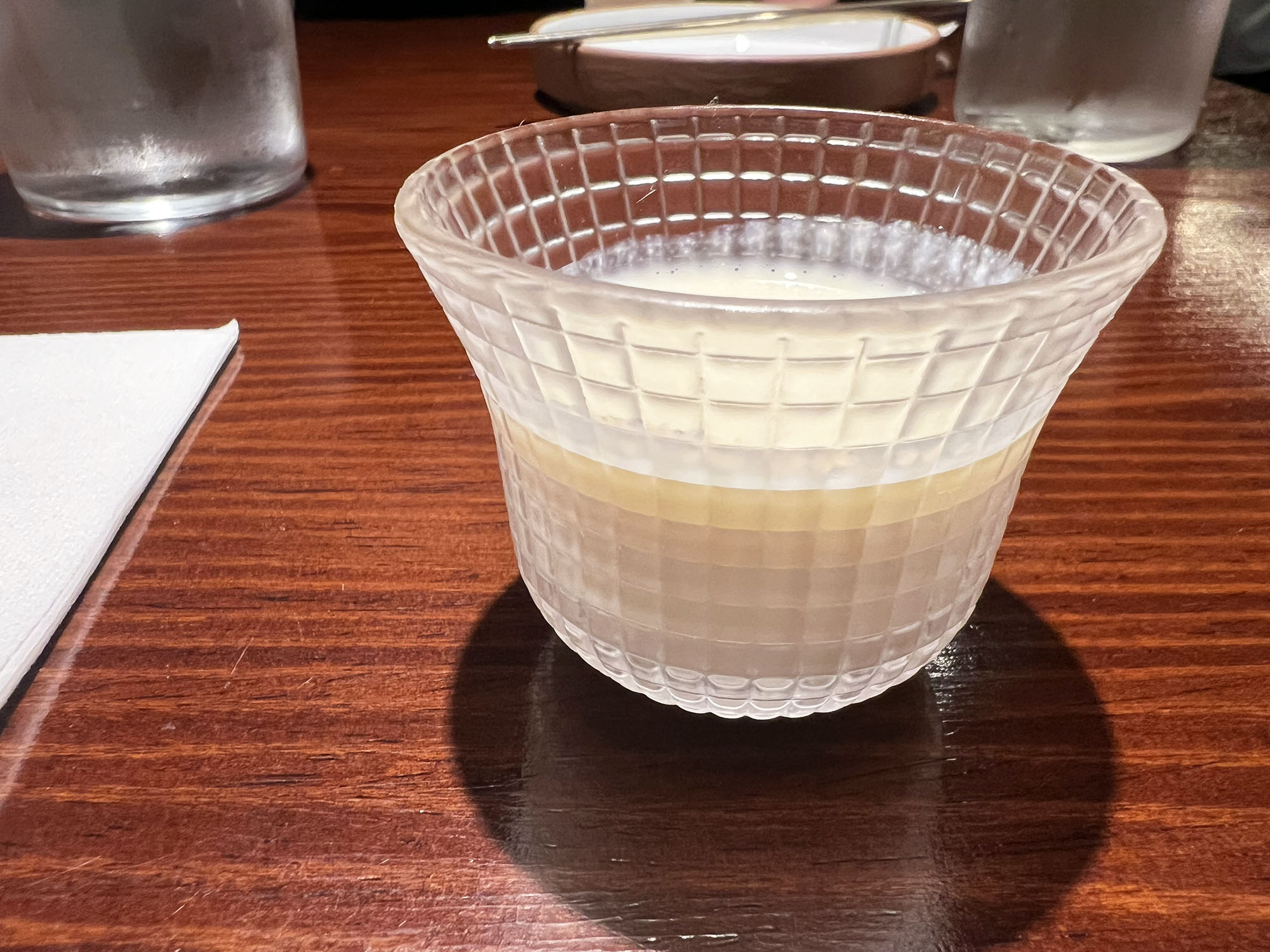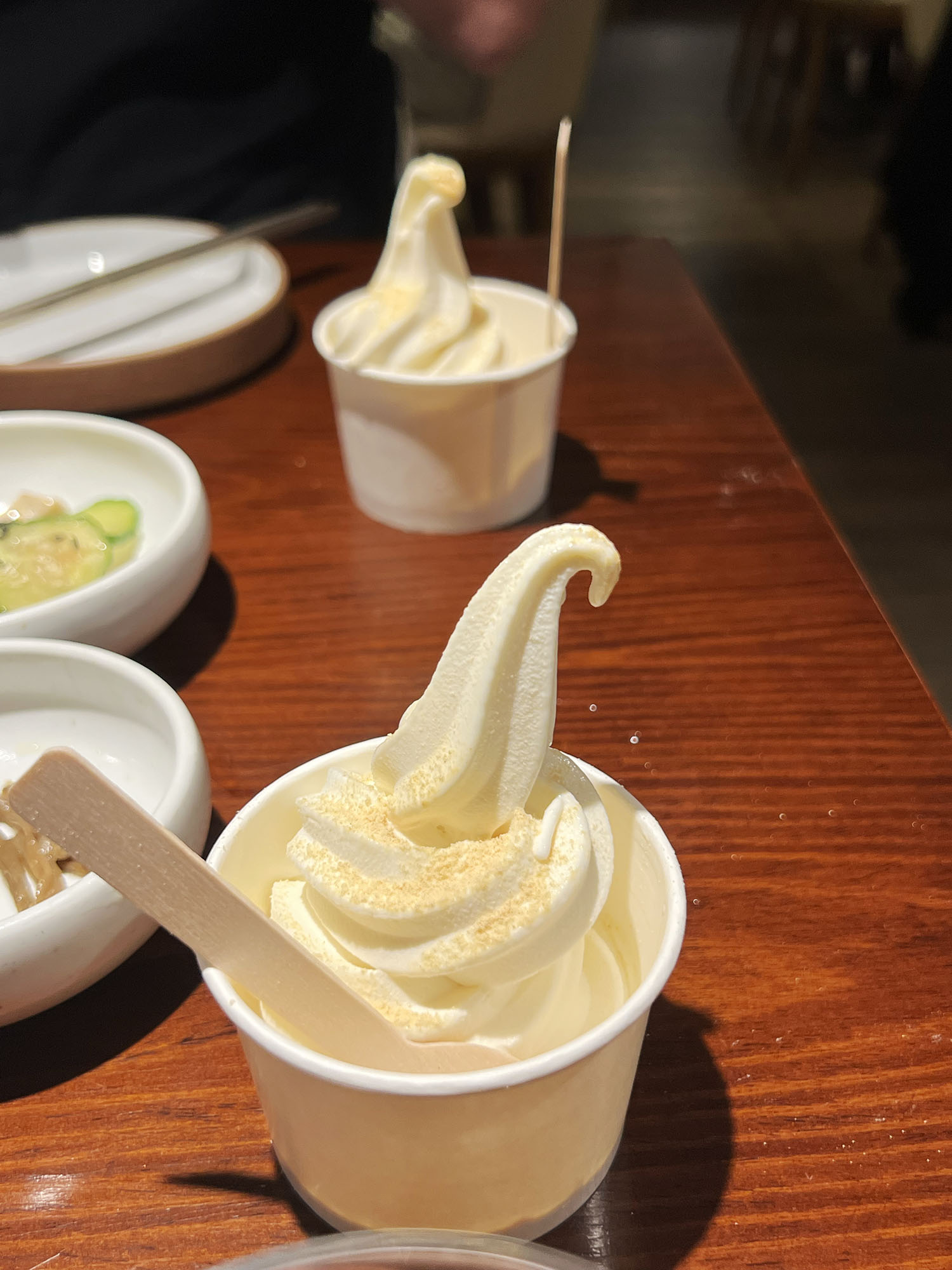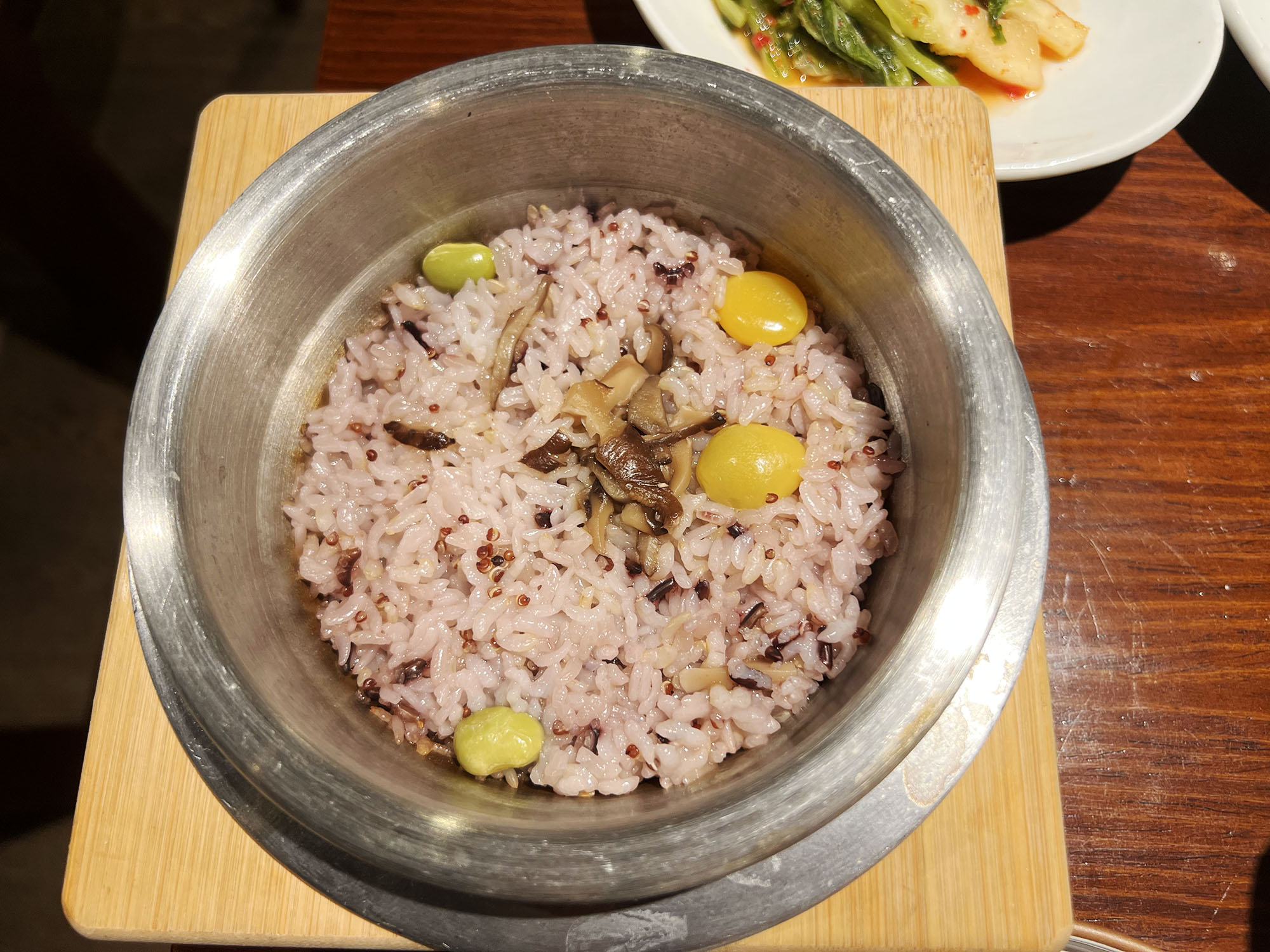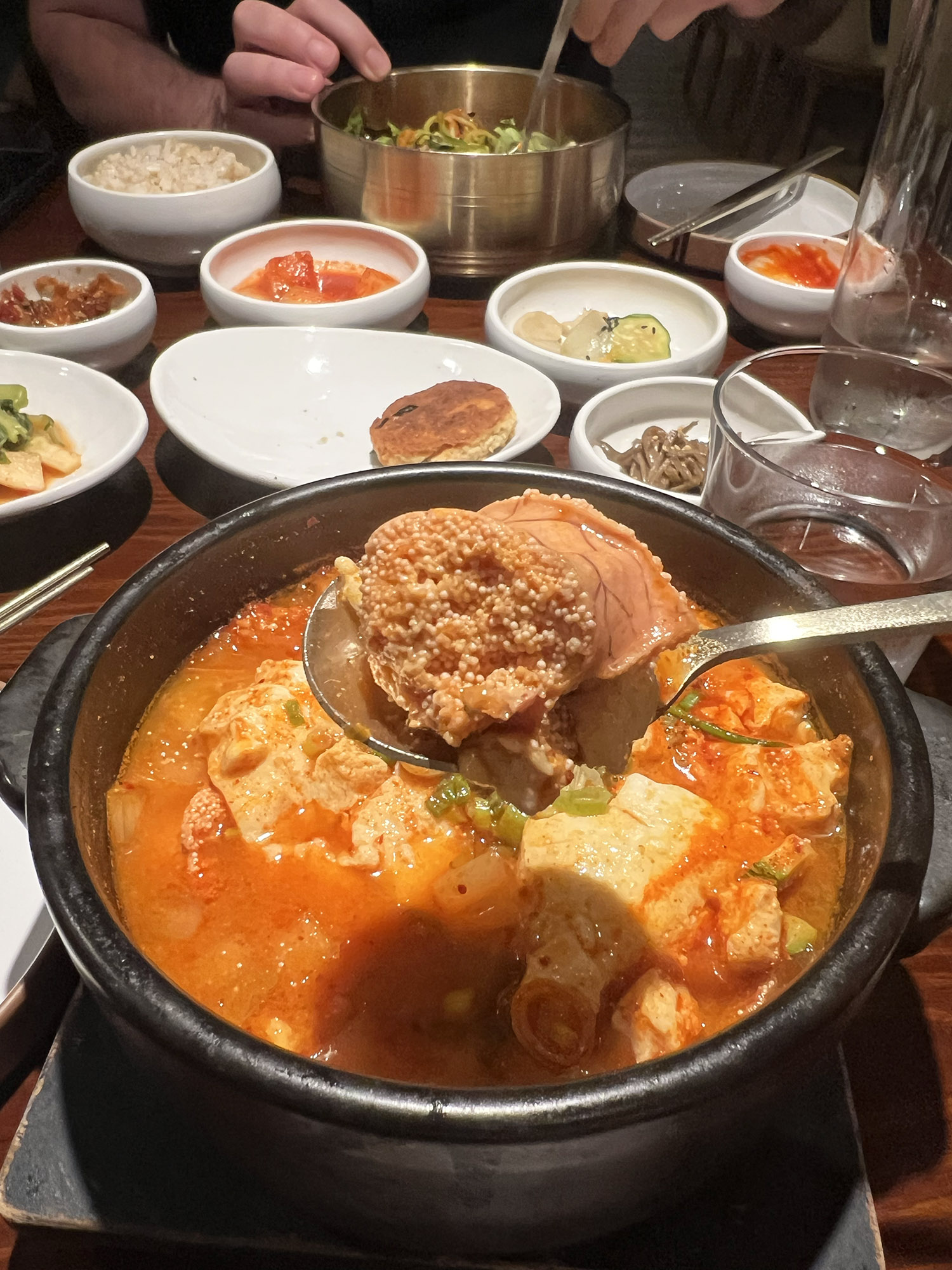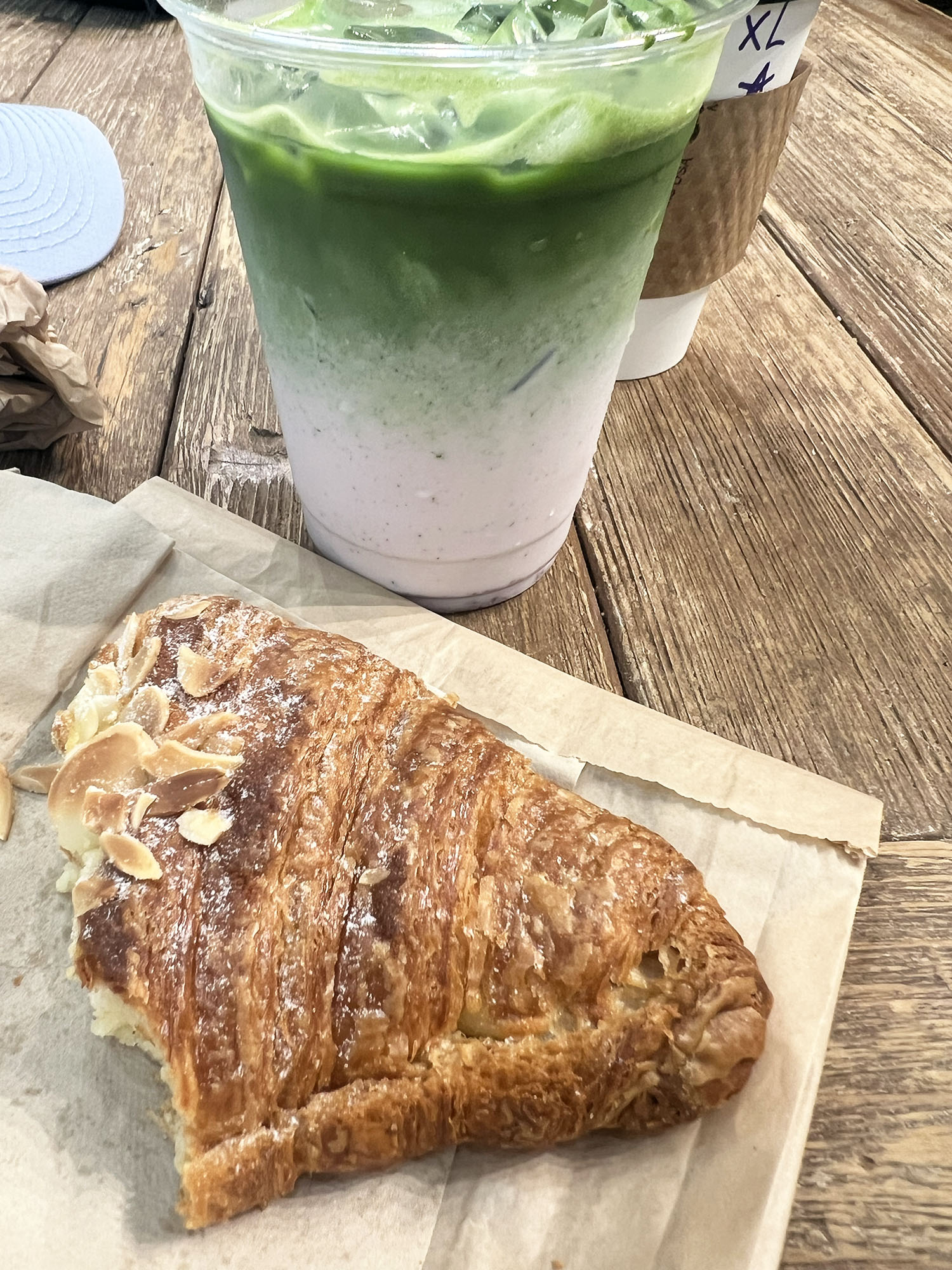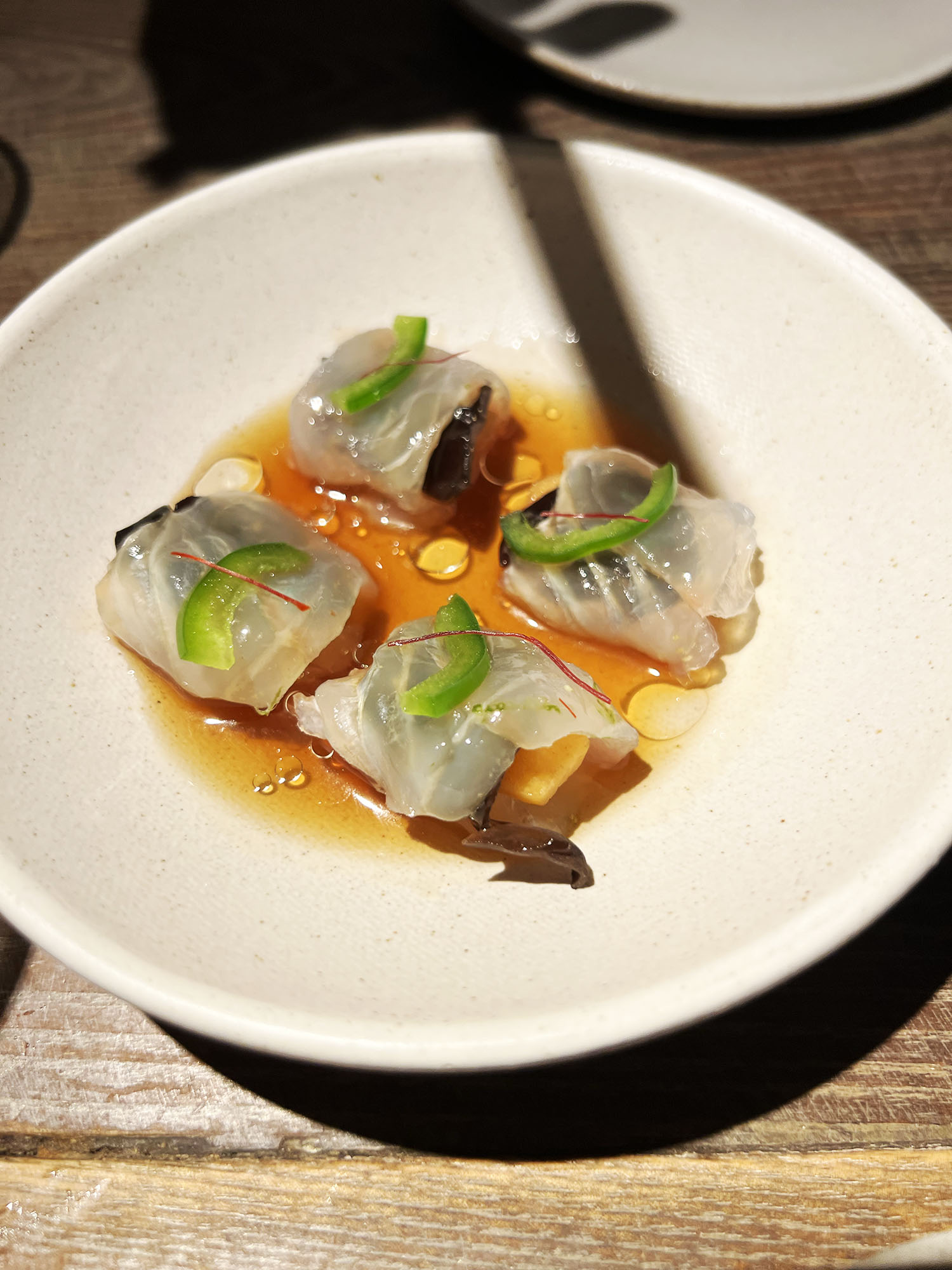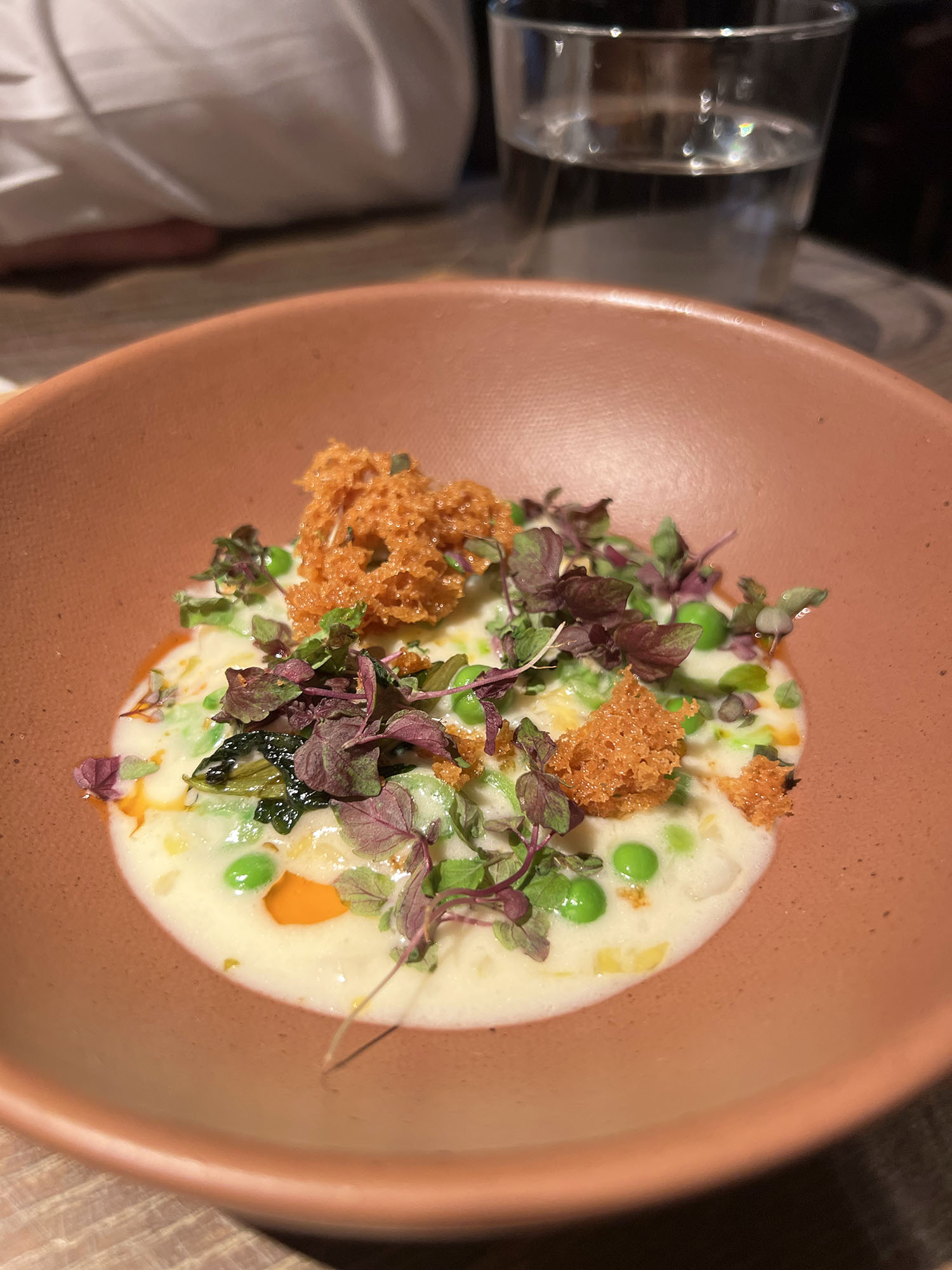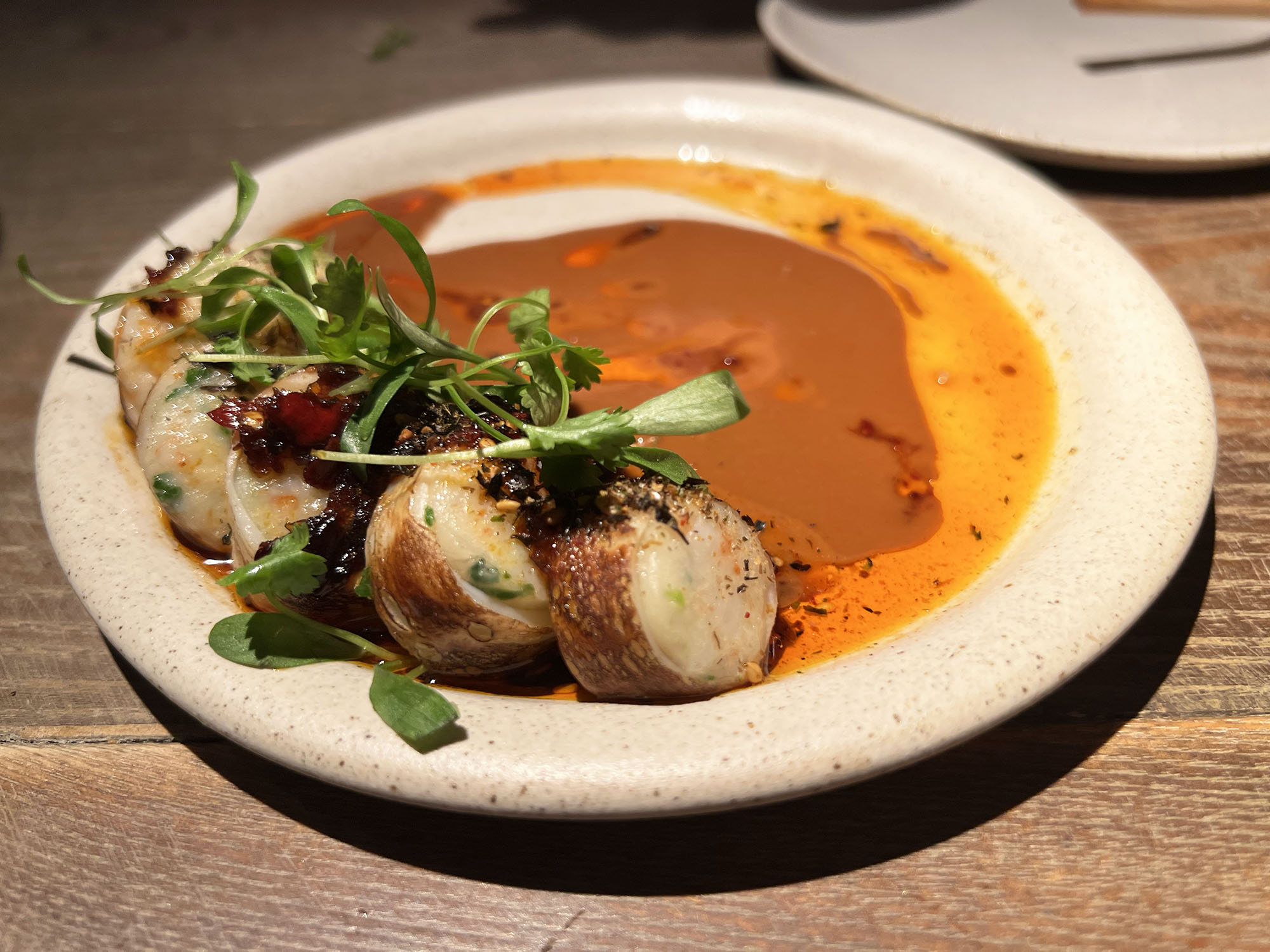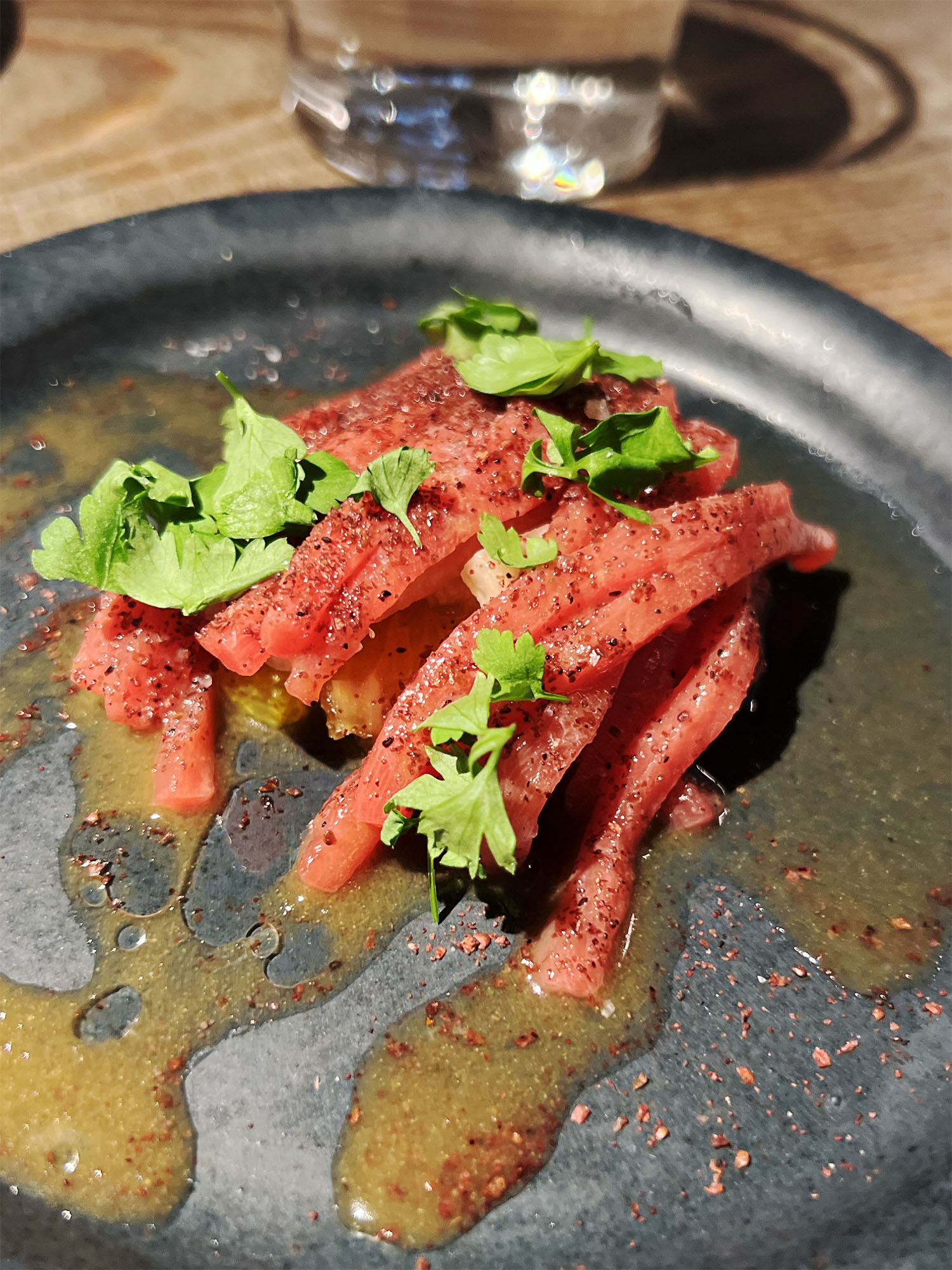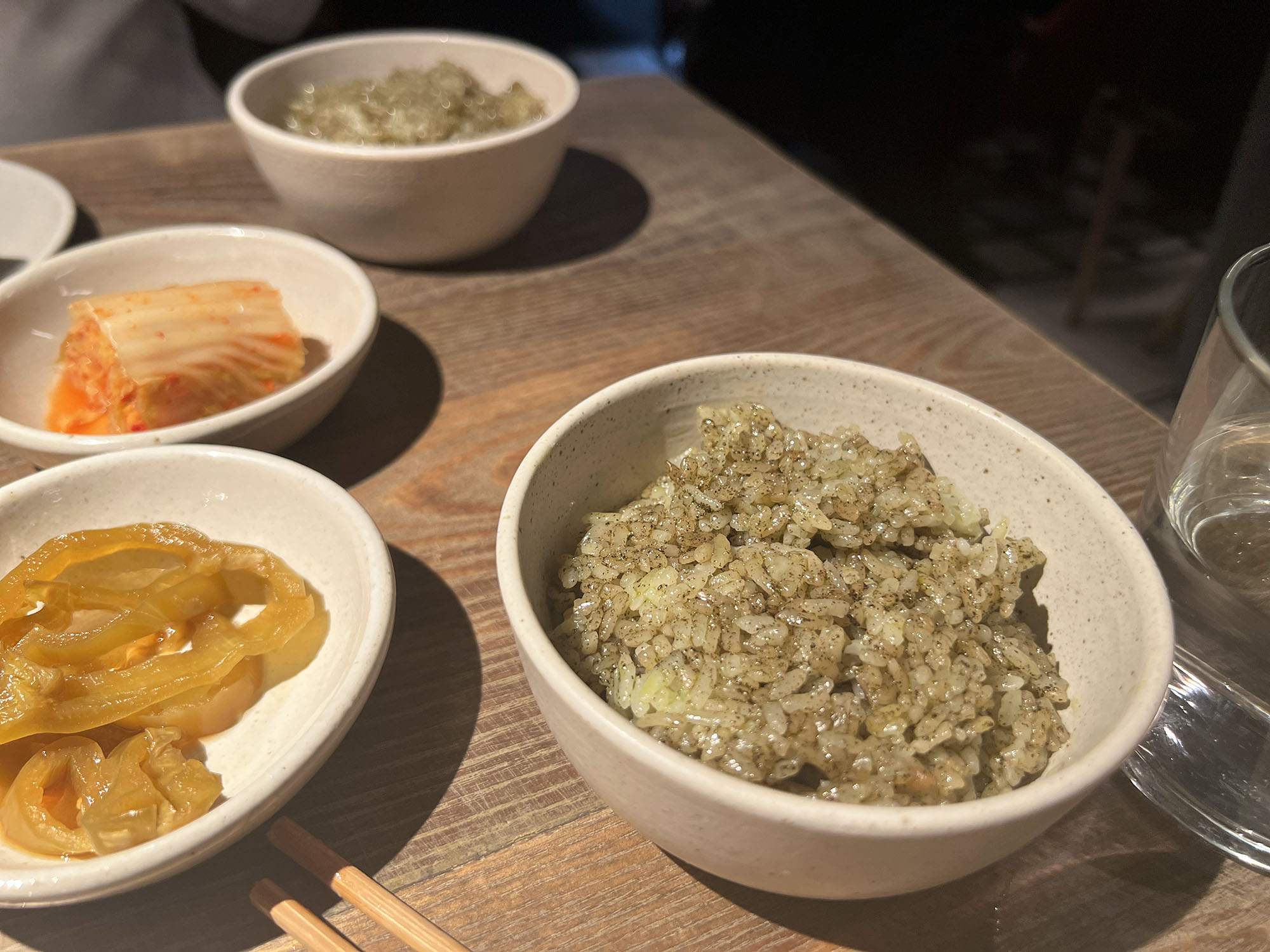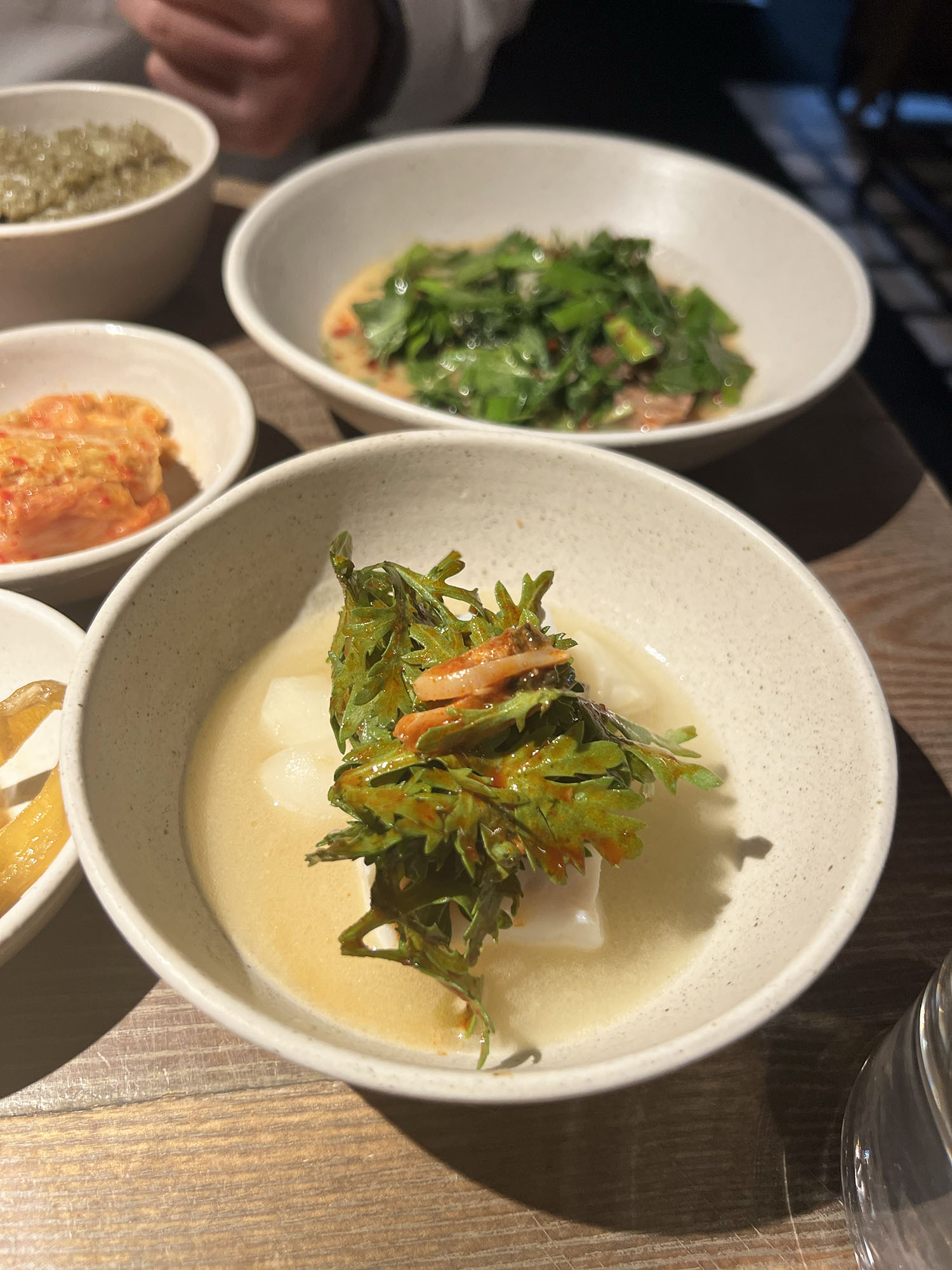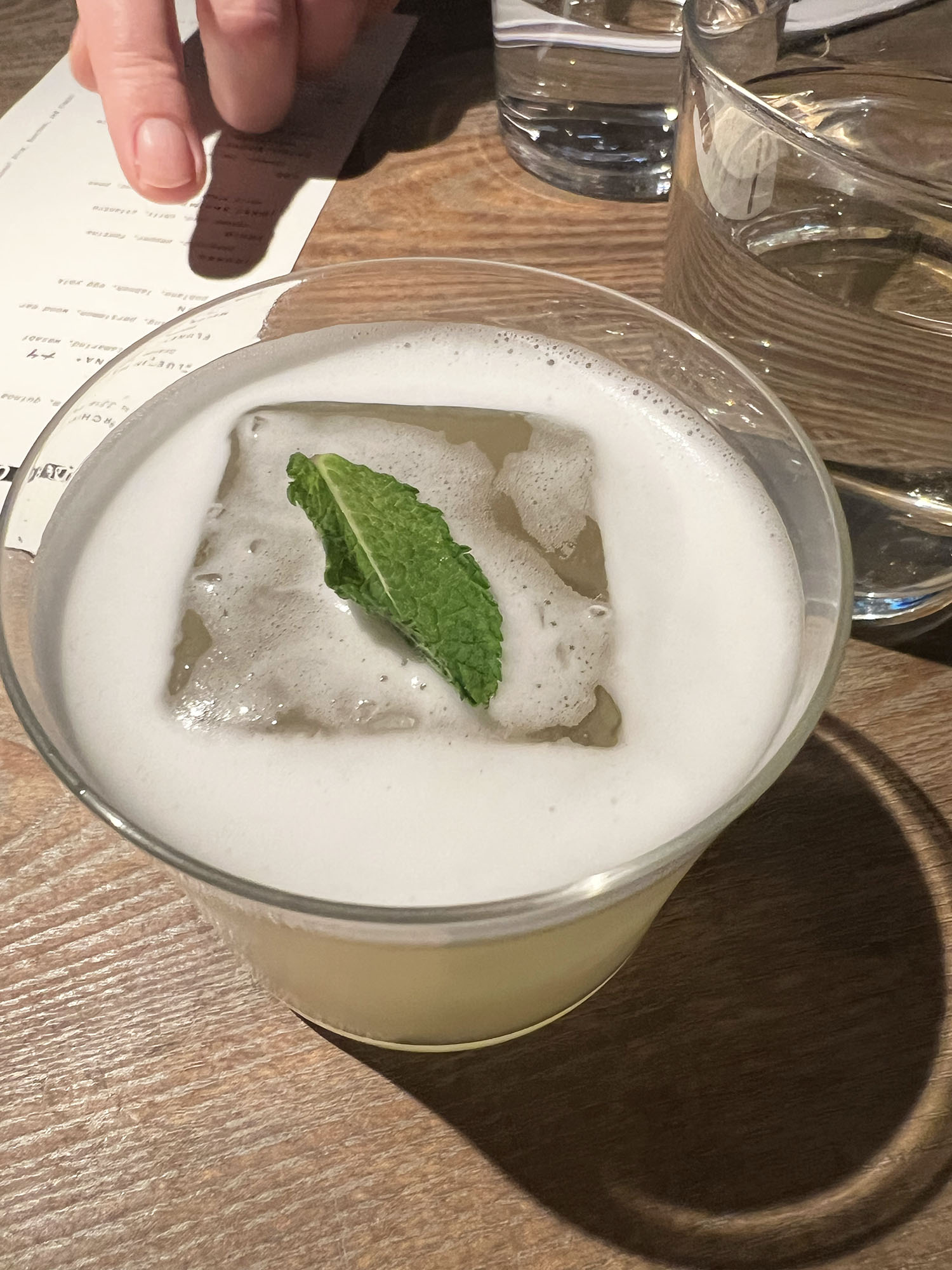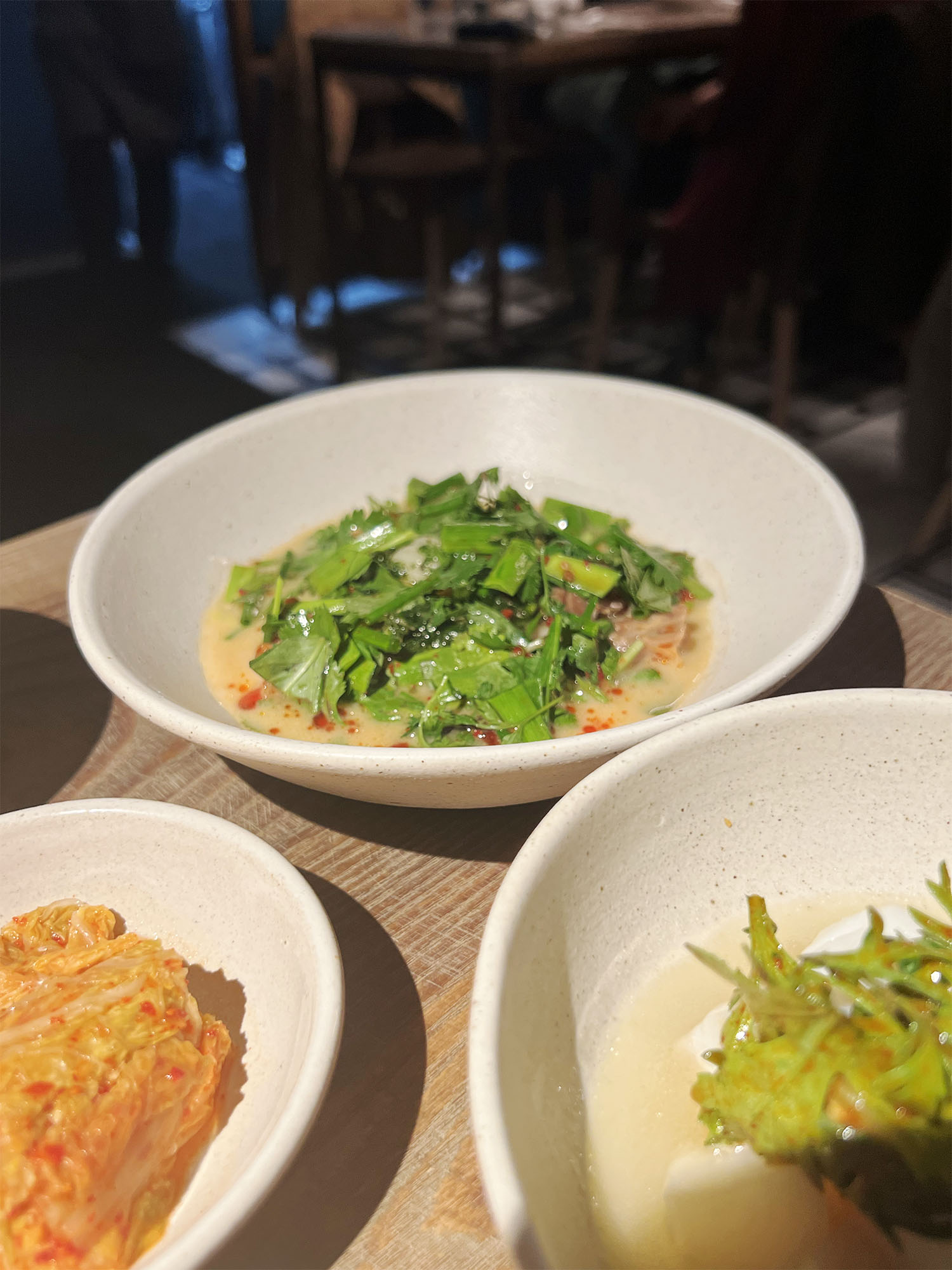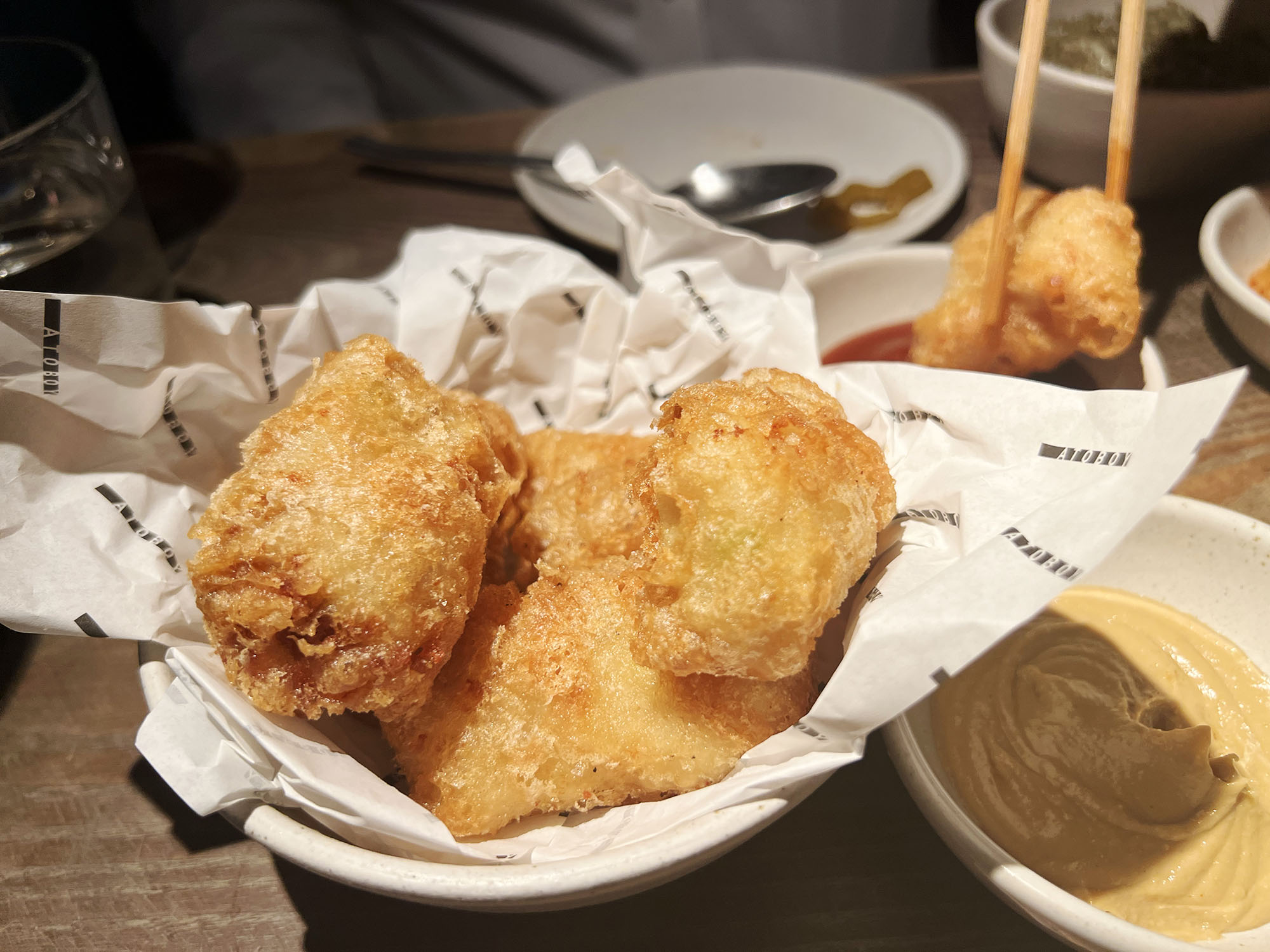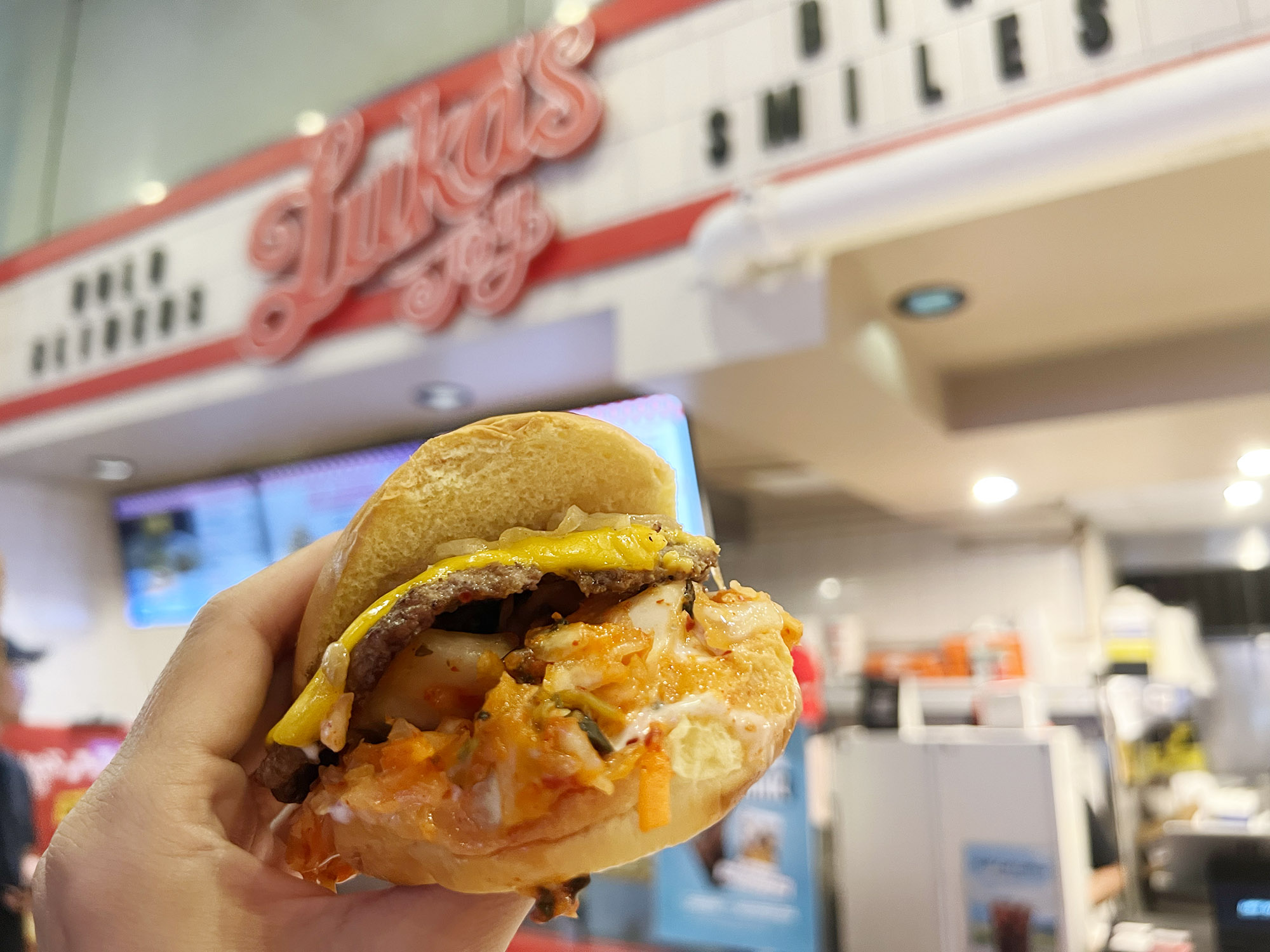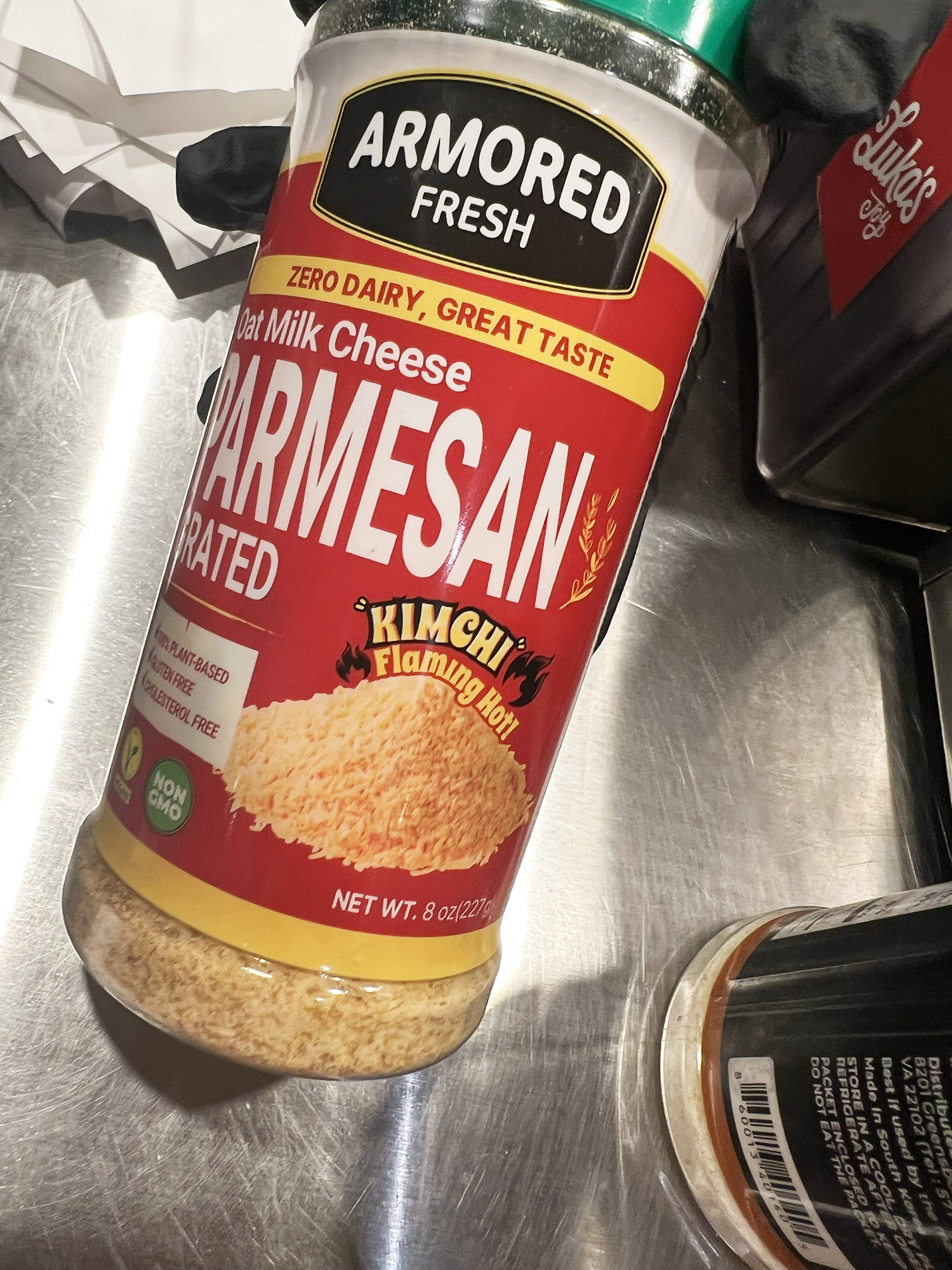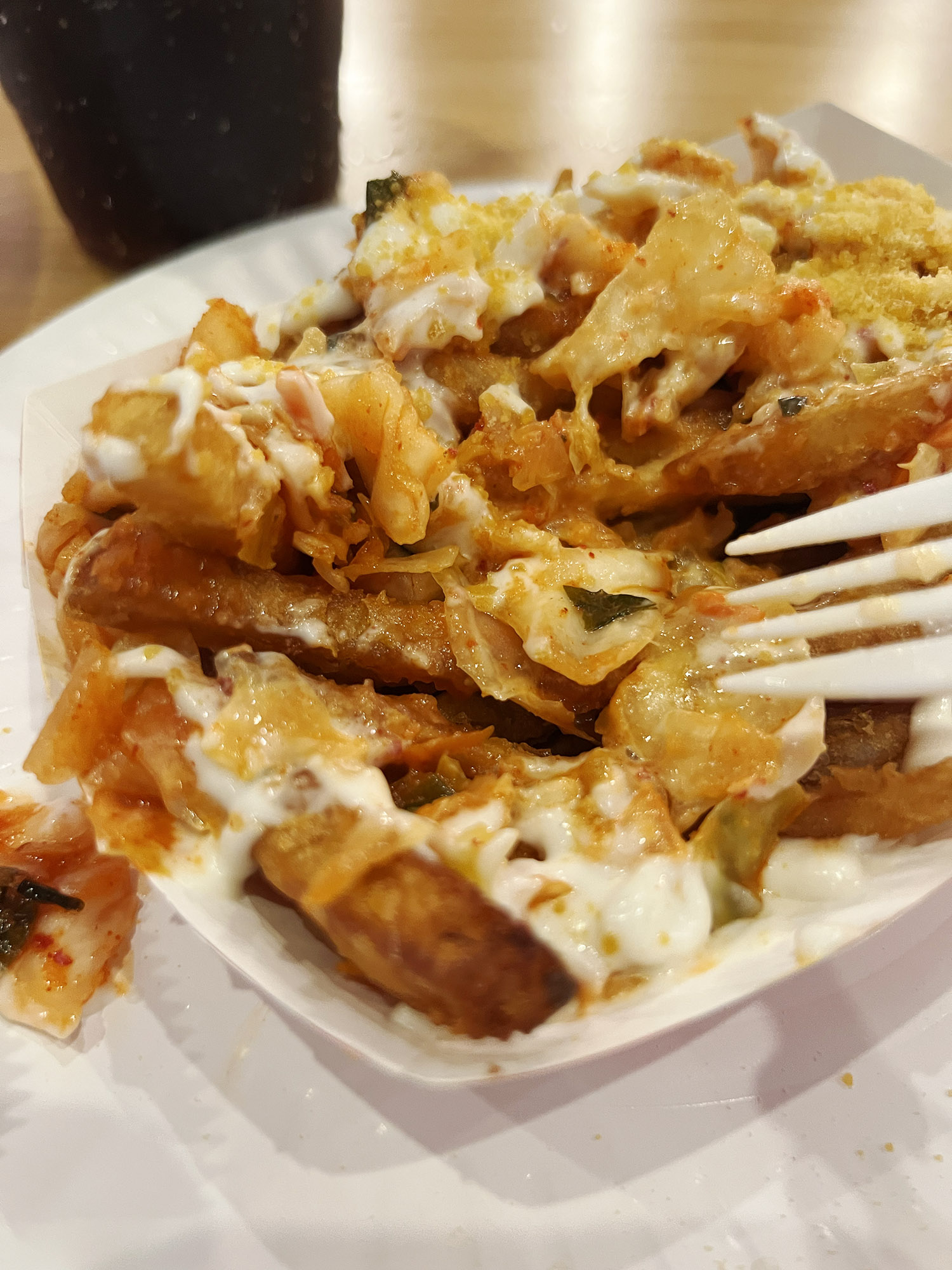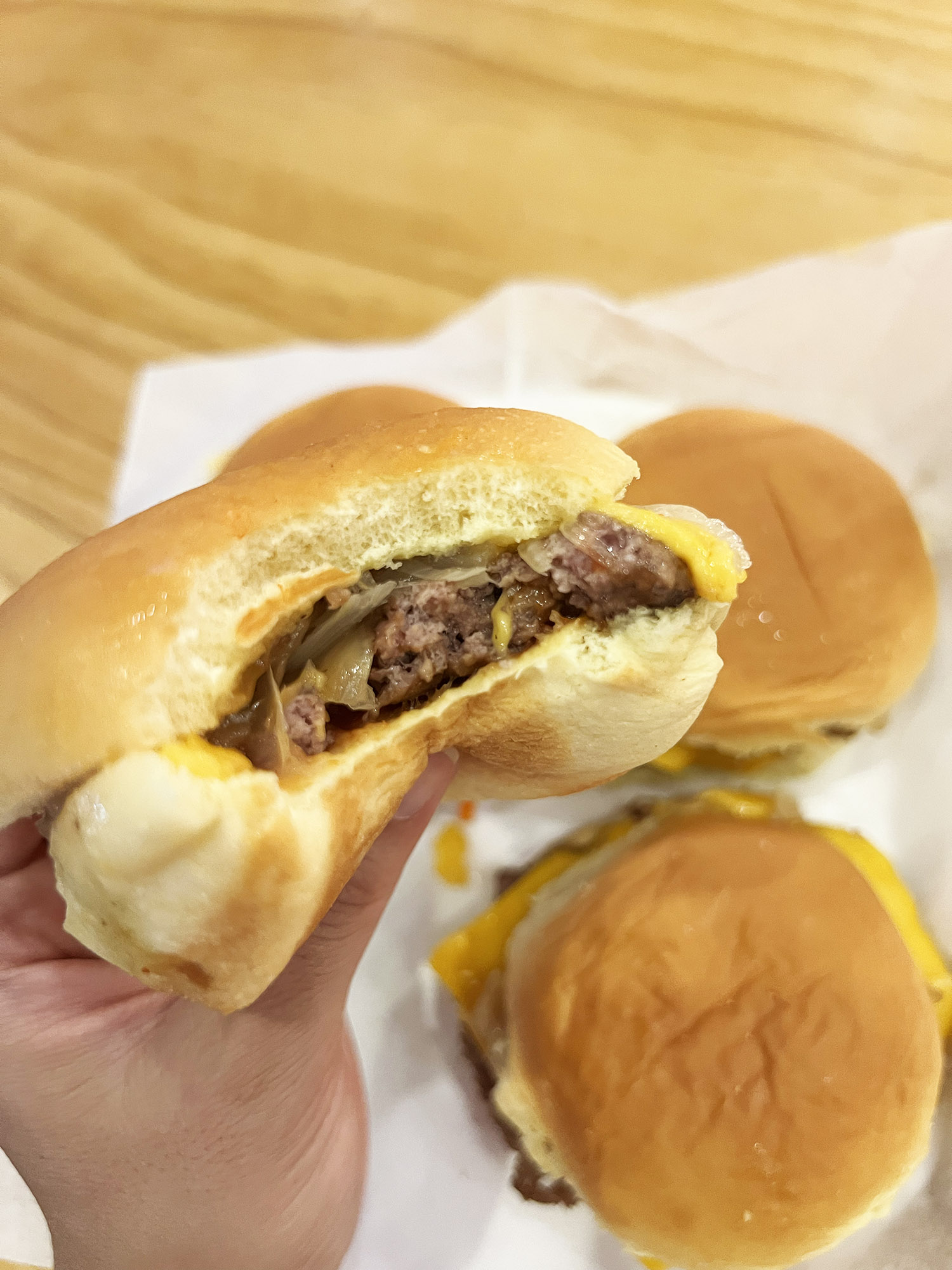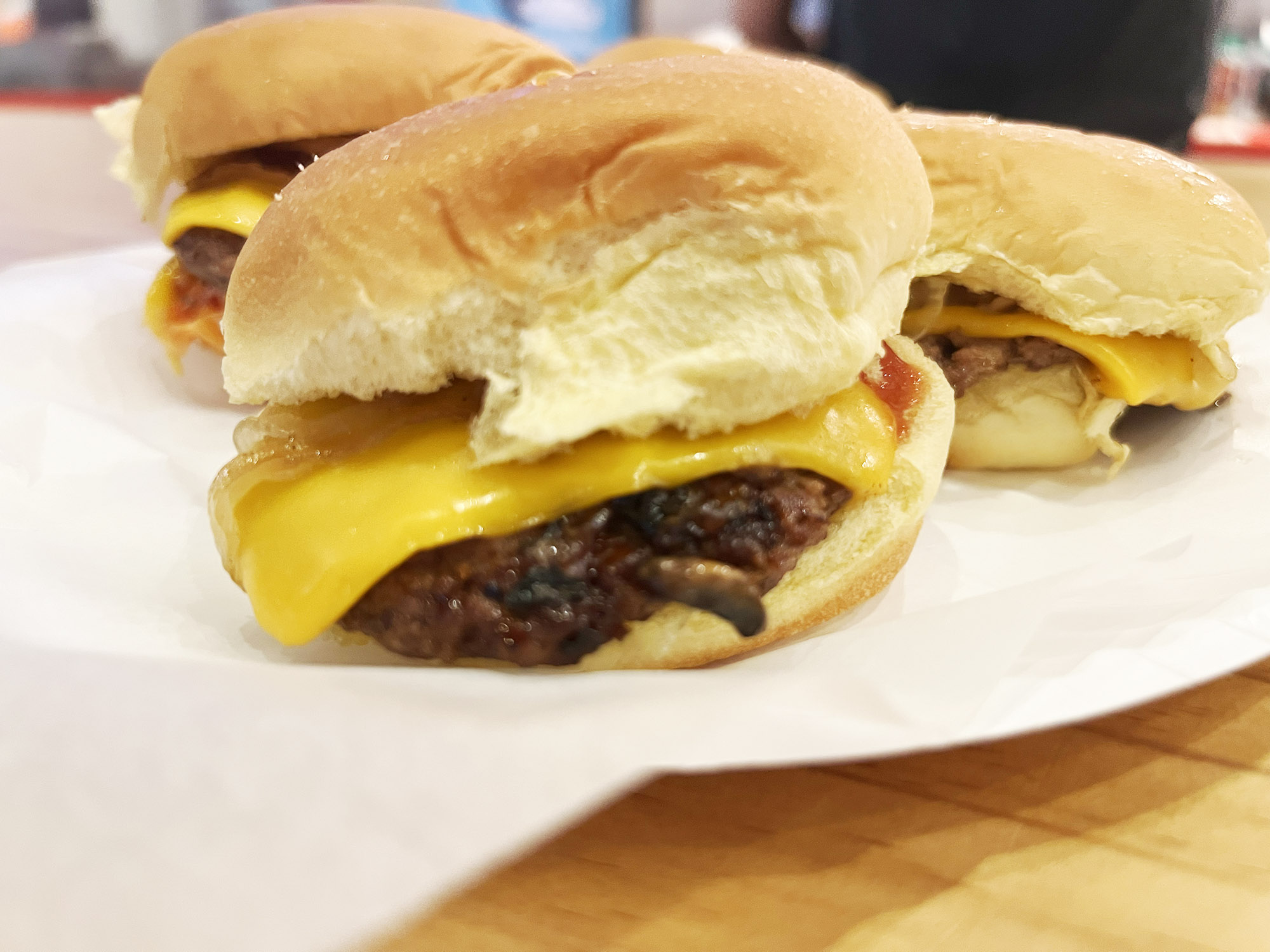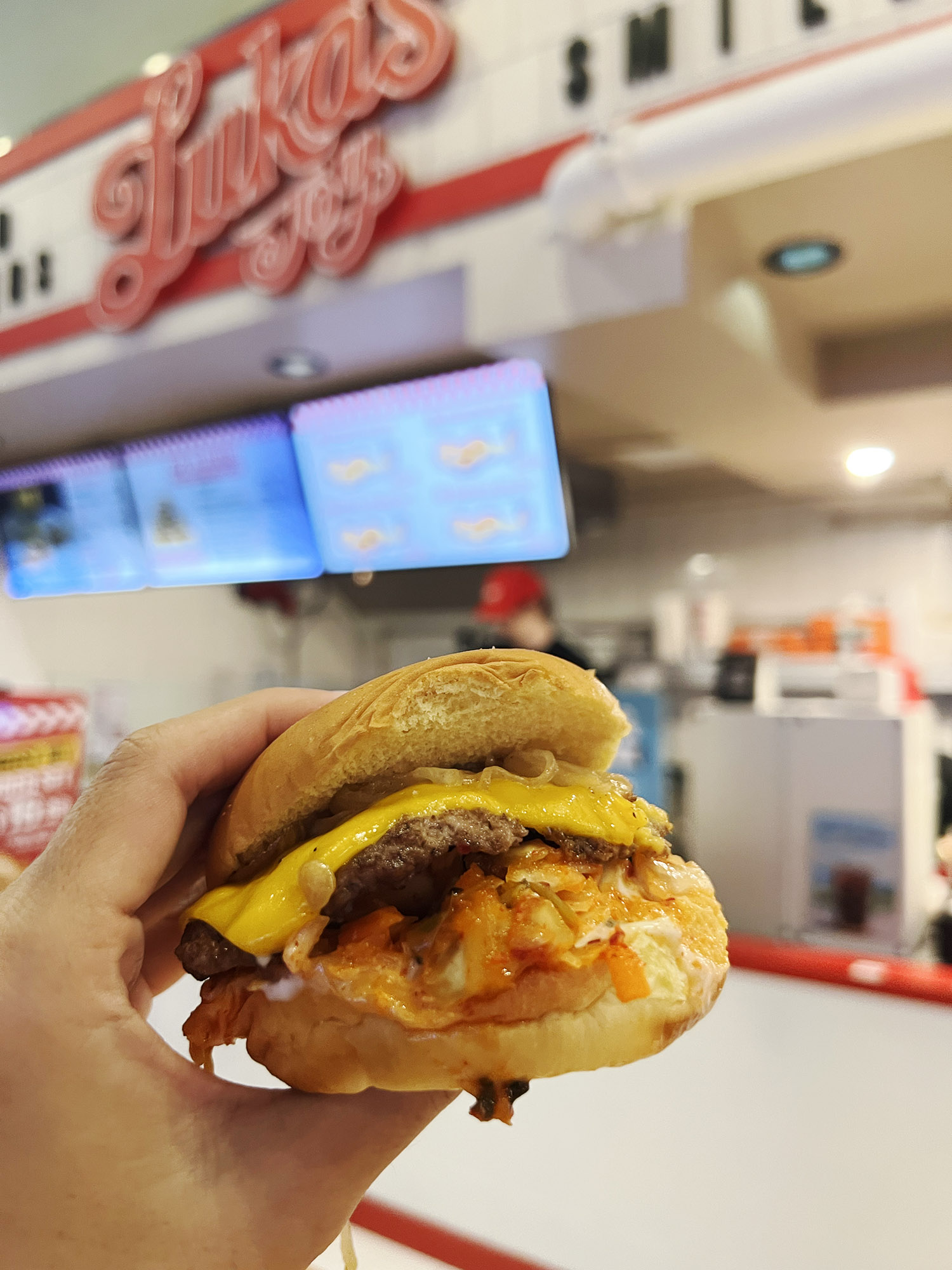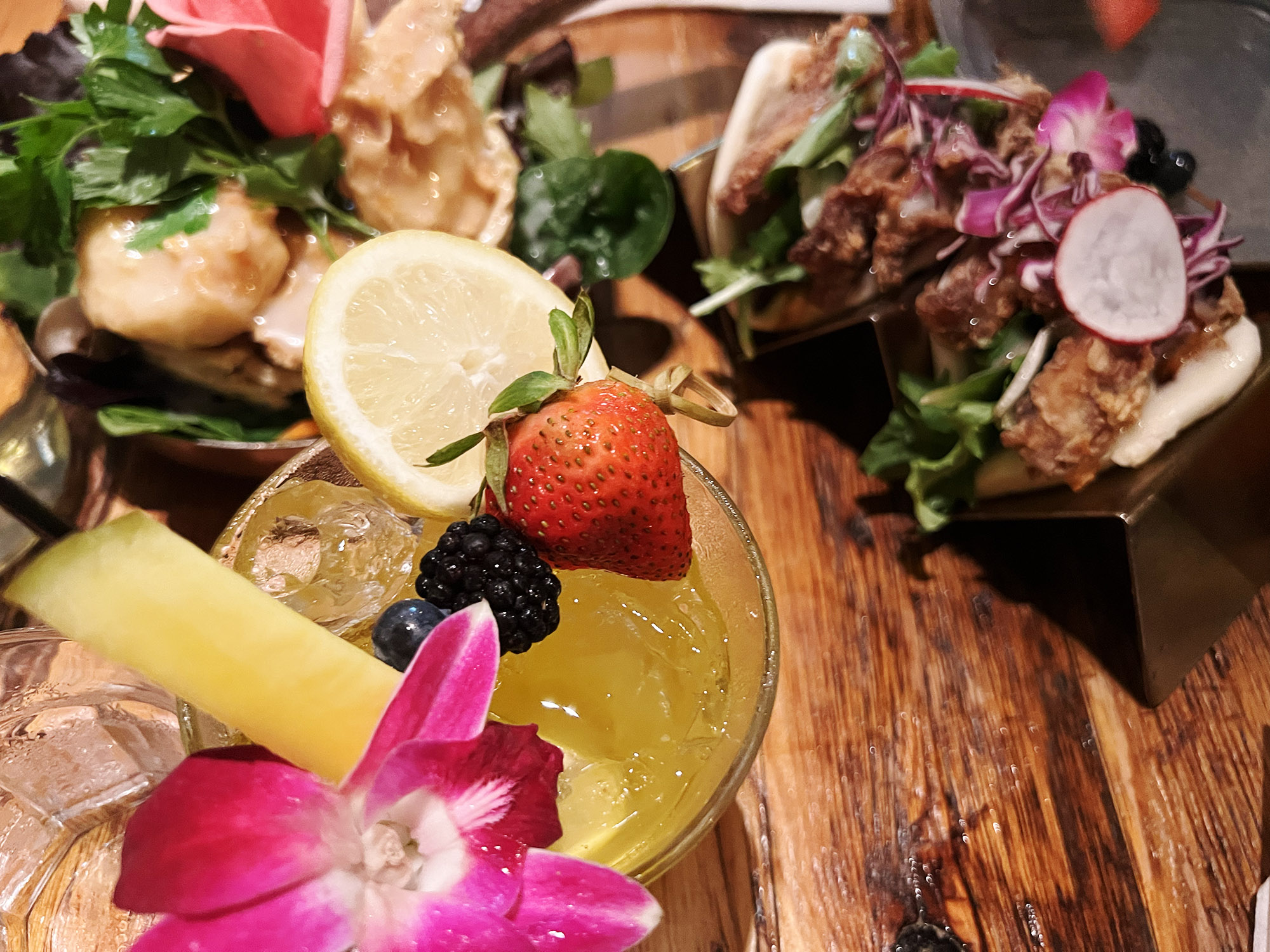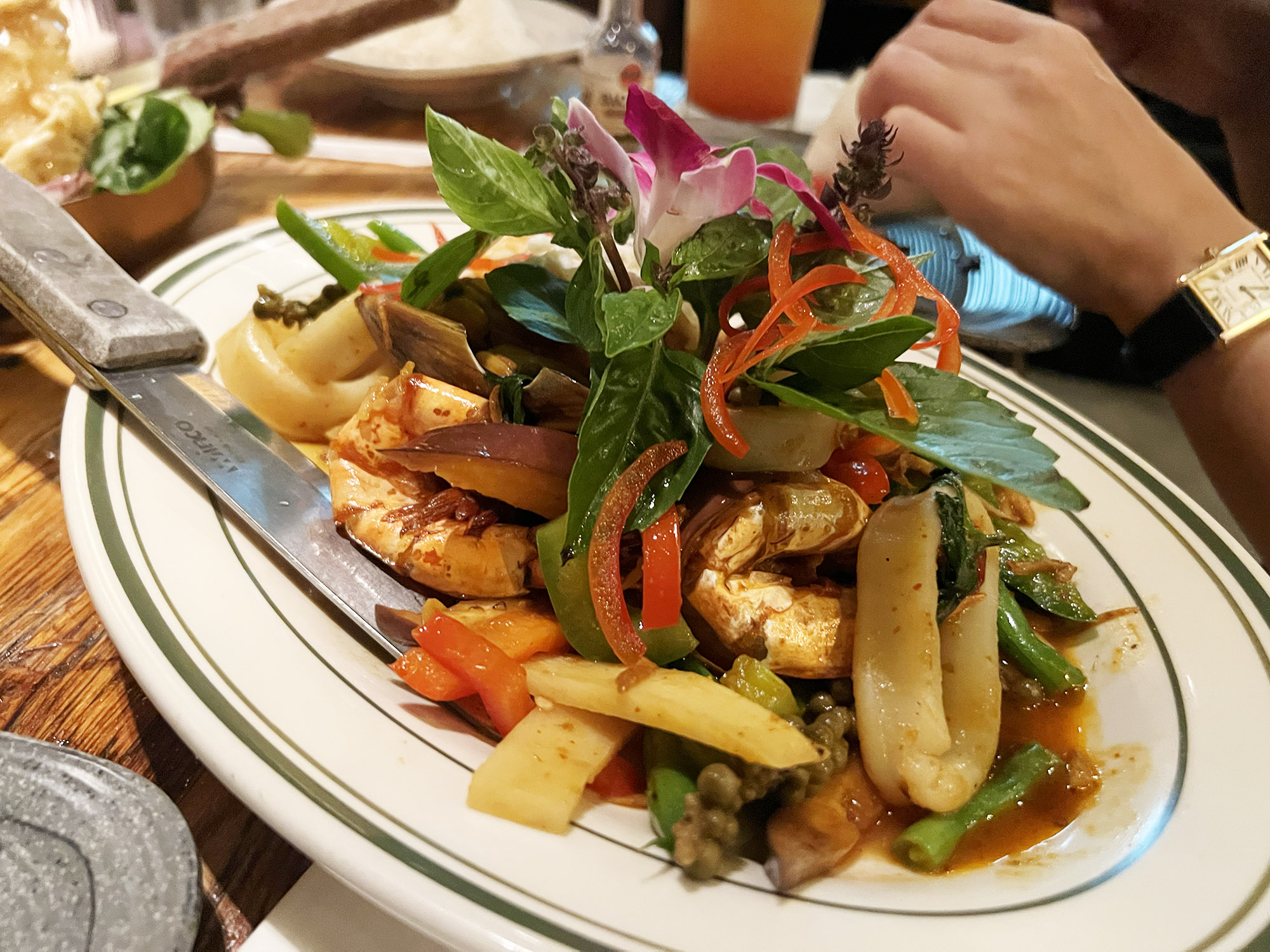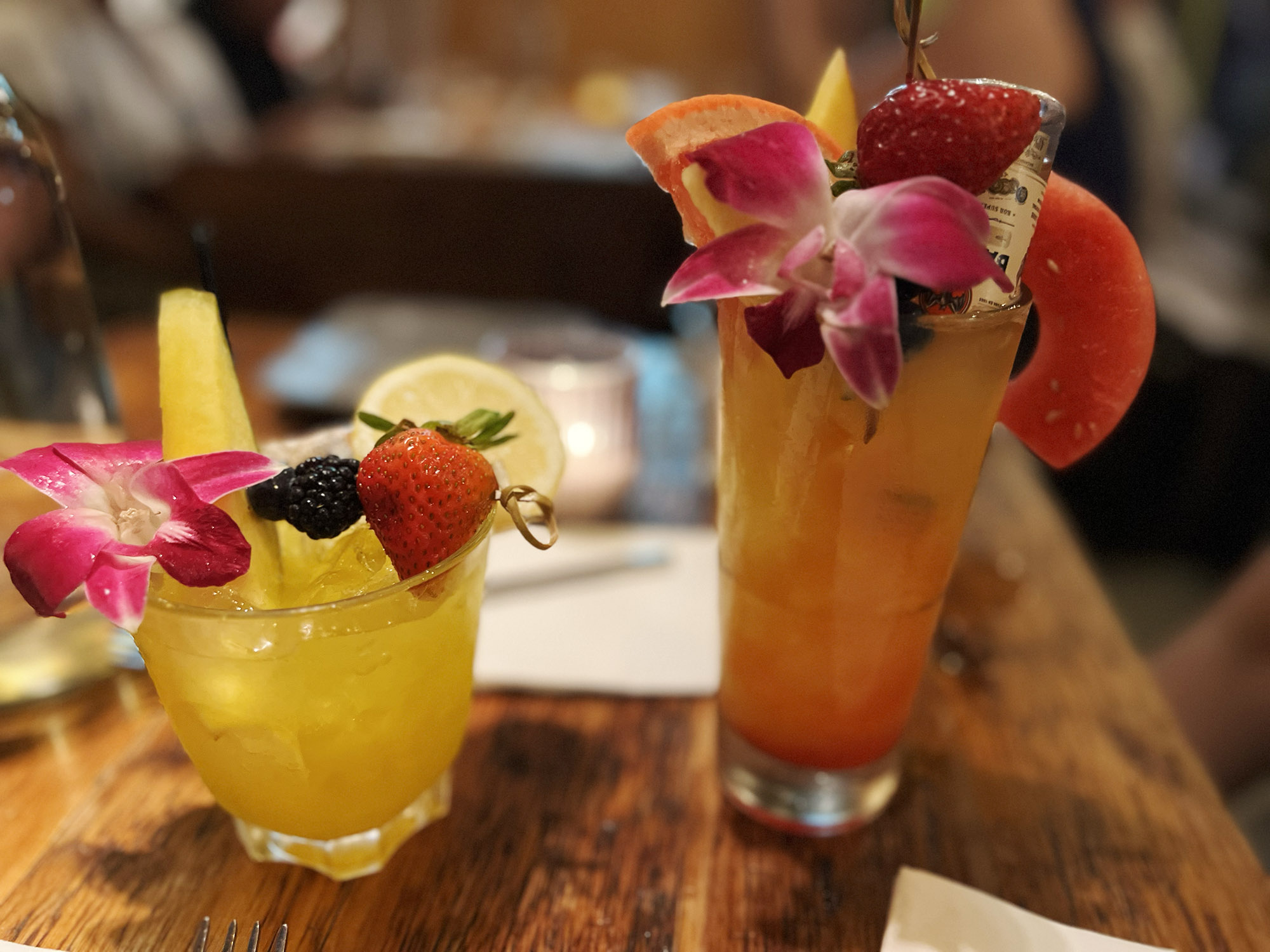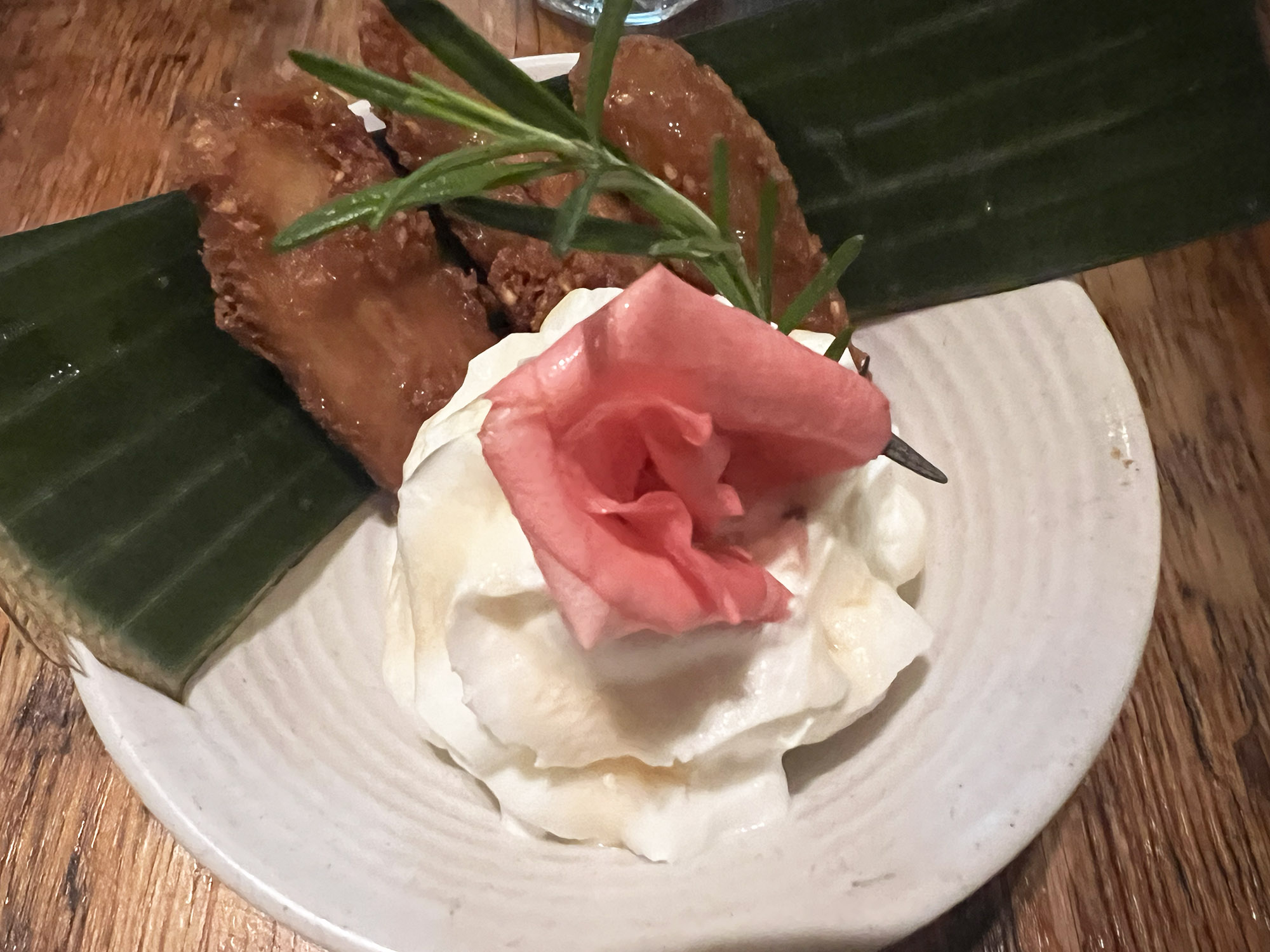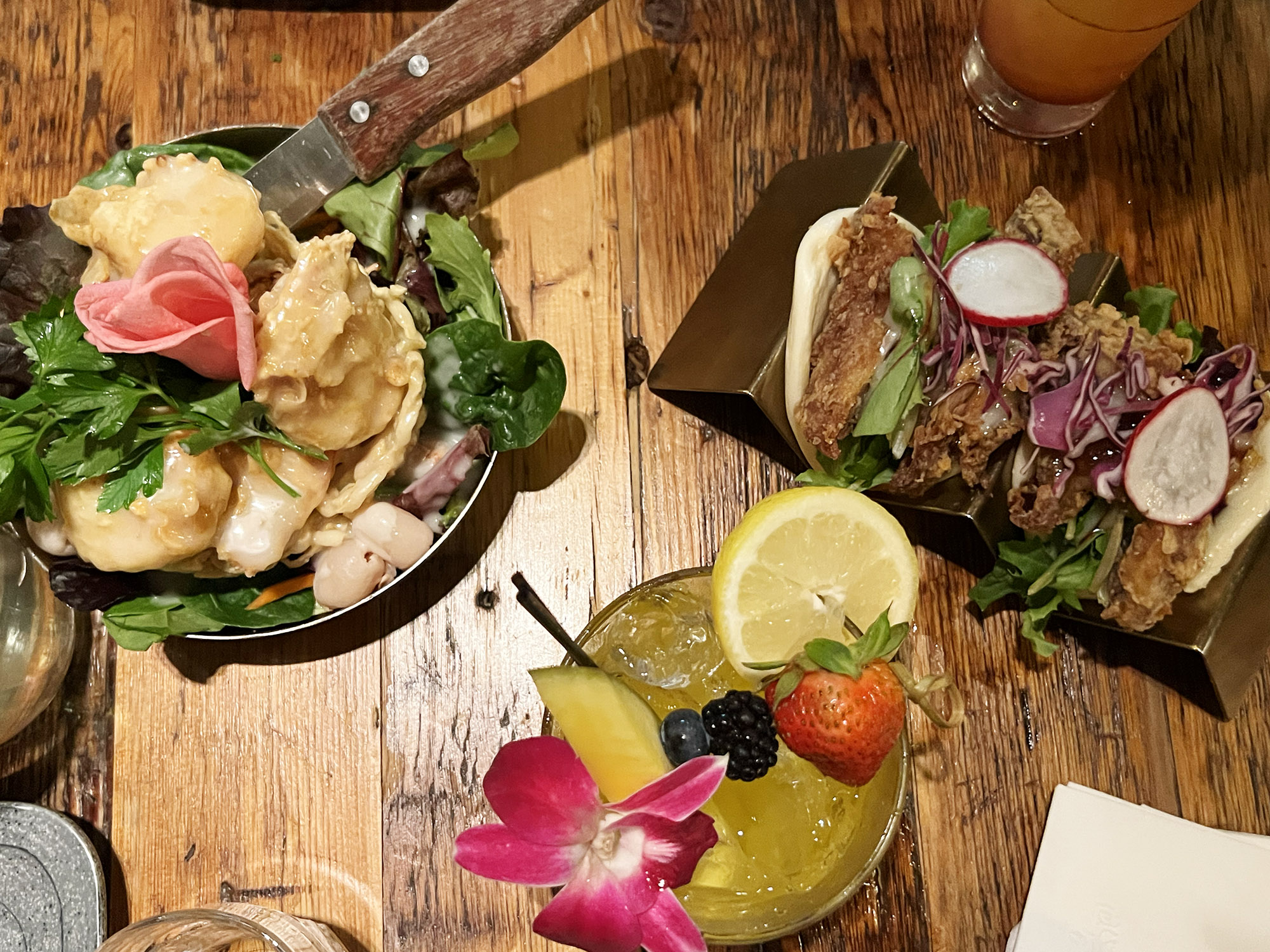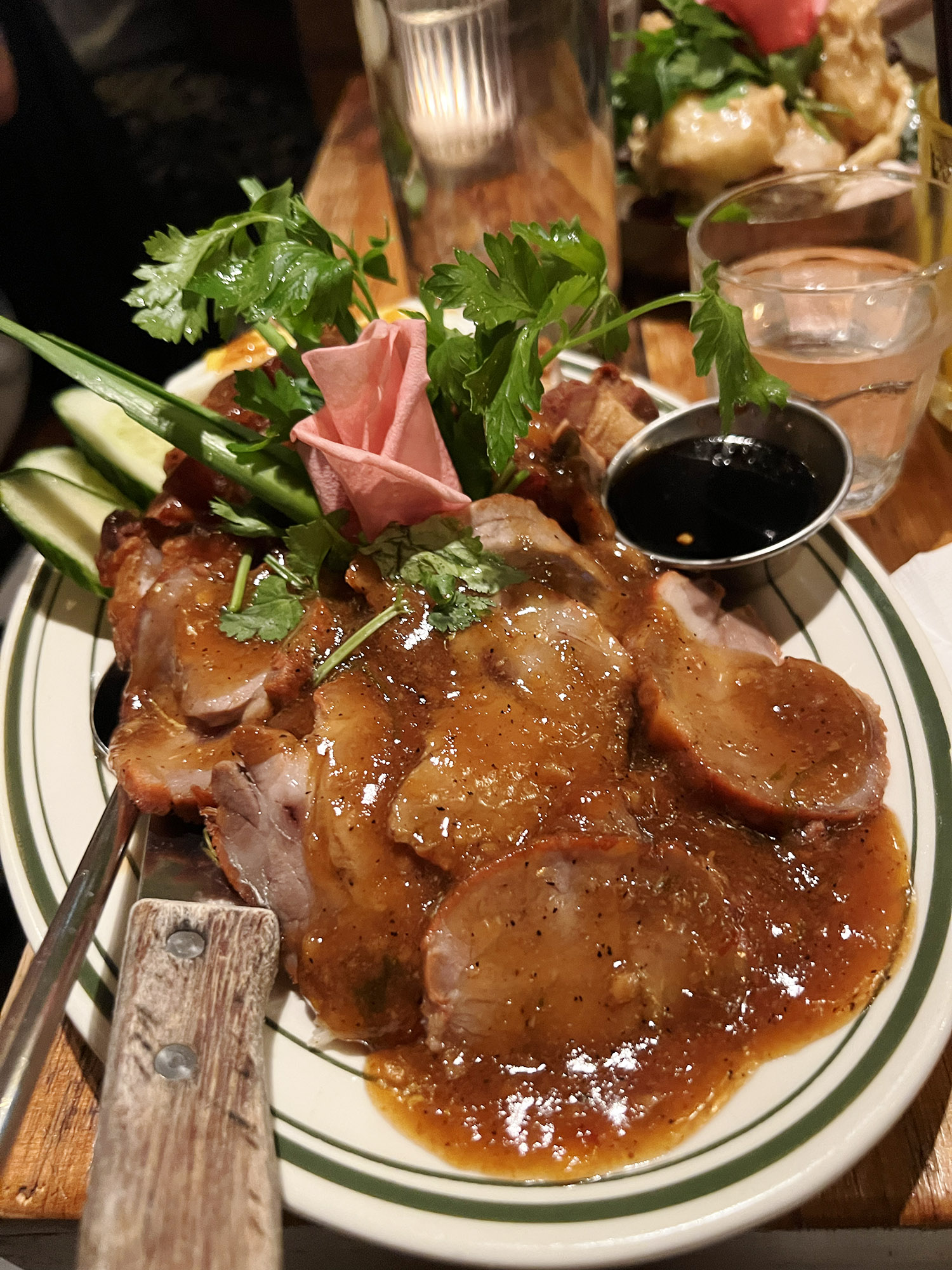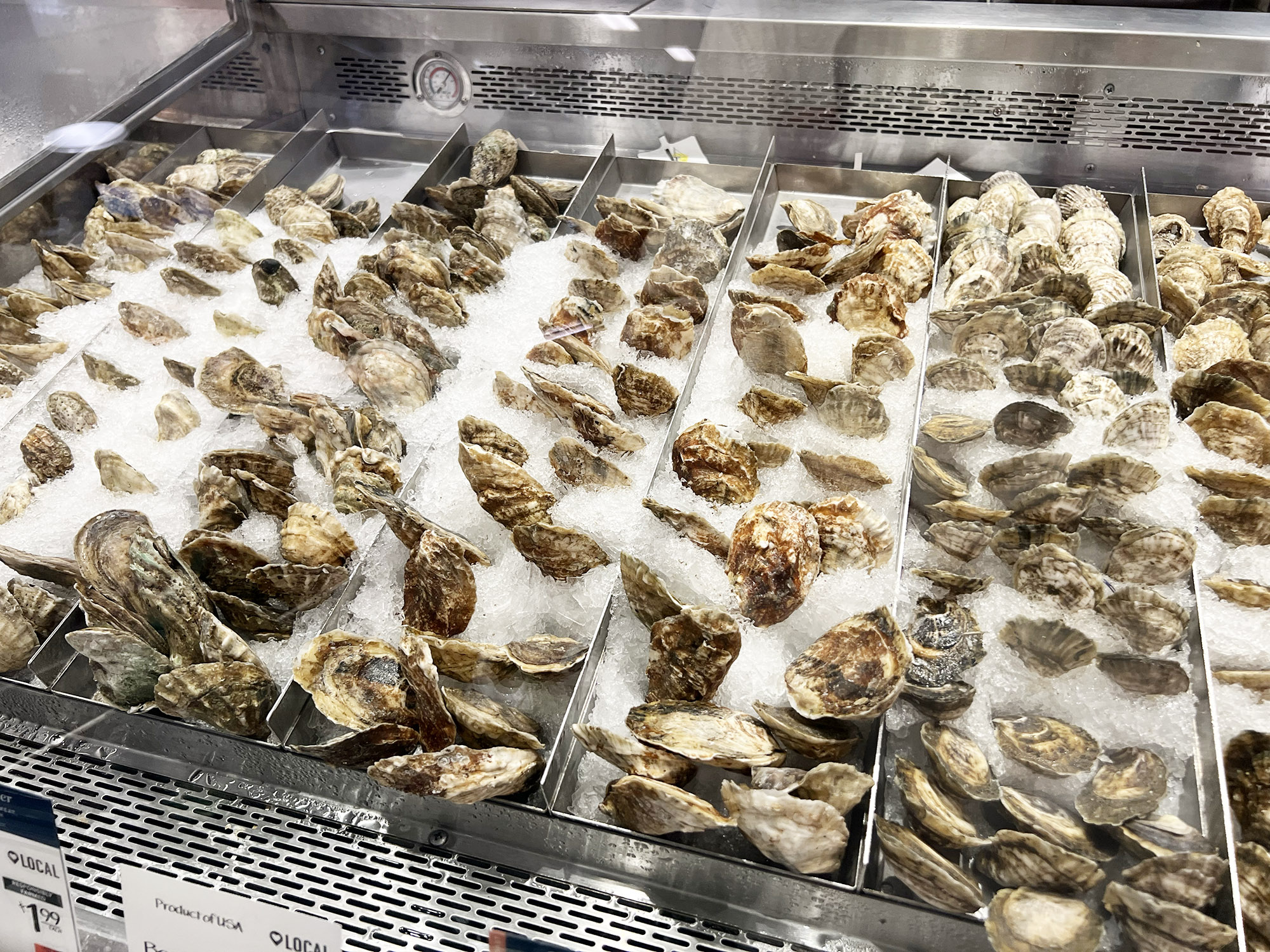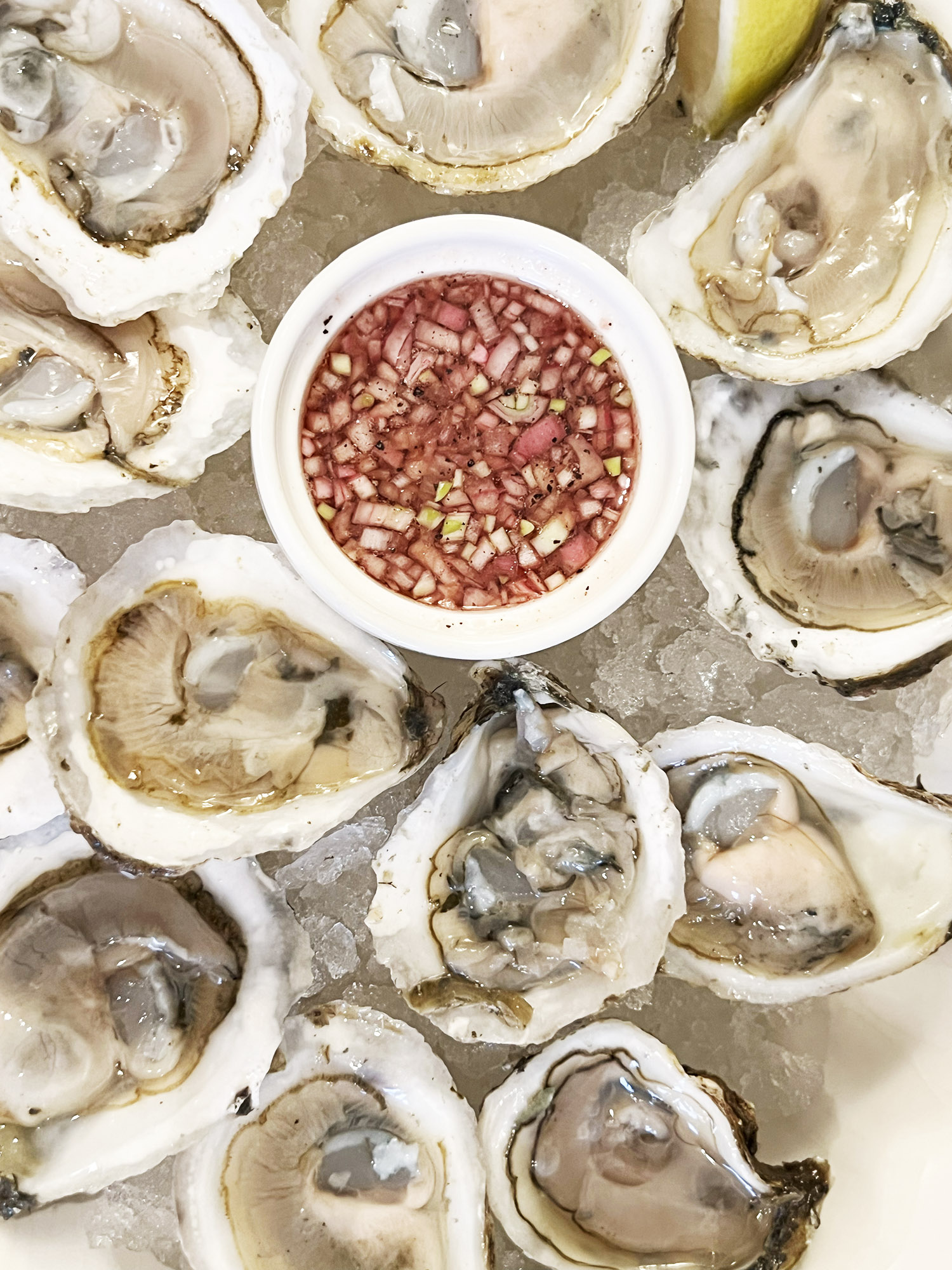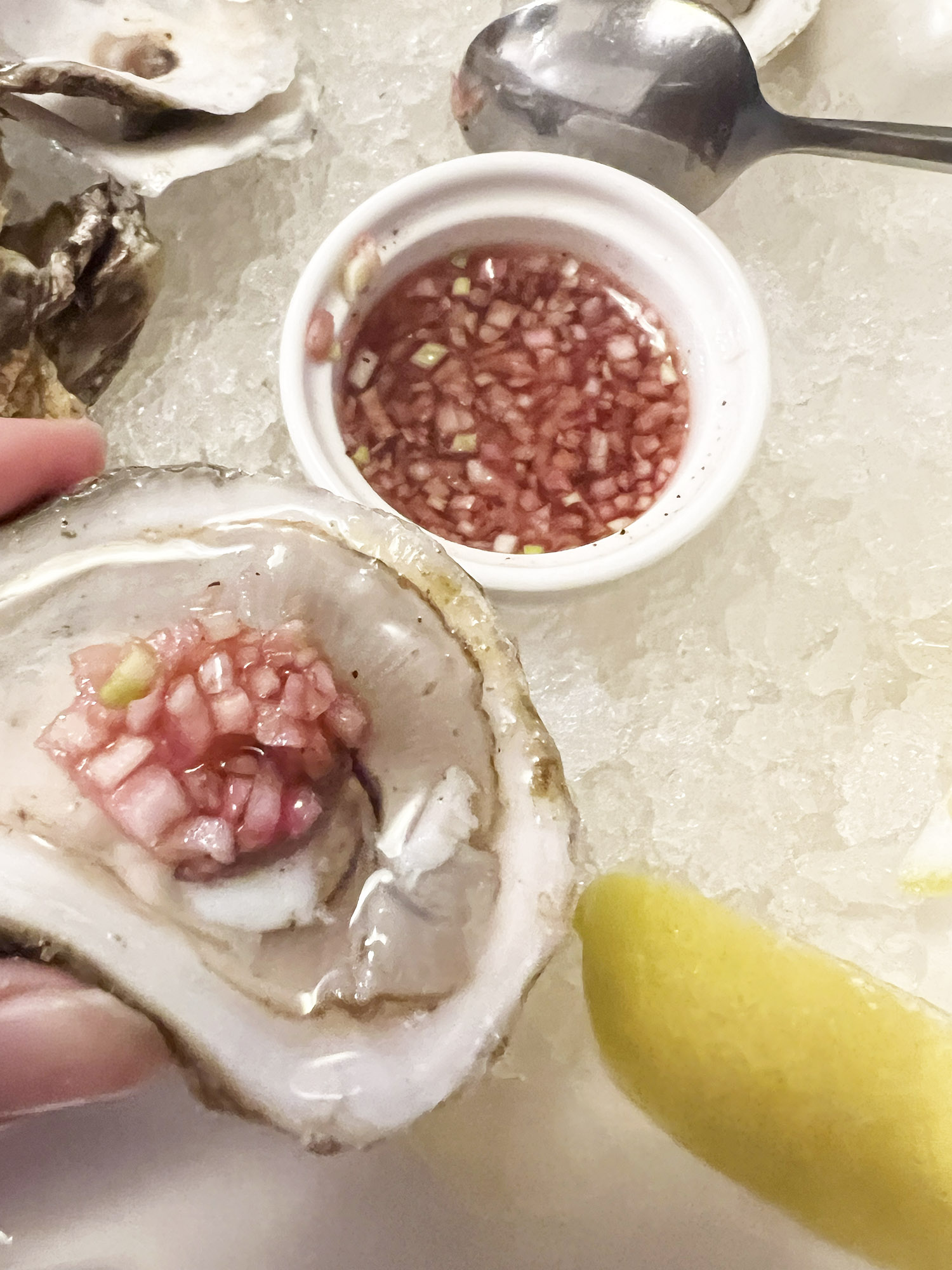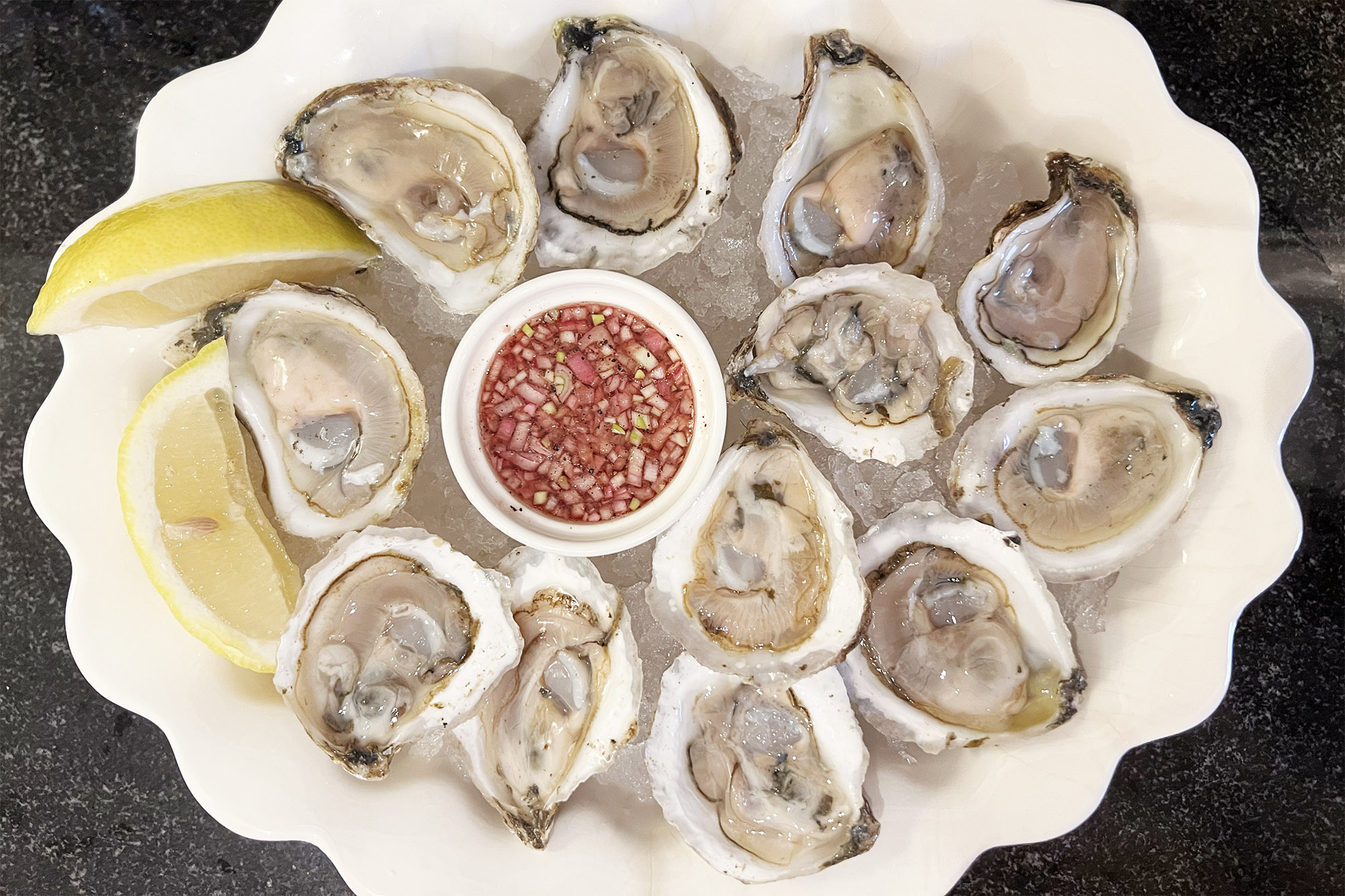Welcome to my personal blog, where I share notes from my everyday life. It’s about food and travel, but also about everything else I’m up to along the way. Small moments and big experiences, everyday snapshots and the occasional adventure. Here you can follow what’s happening behind the scenes, with new posts every day. A more personal space, updated daily, and shared while the moments are still fresh.
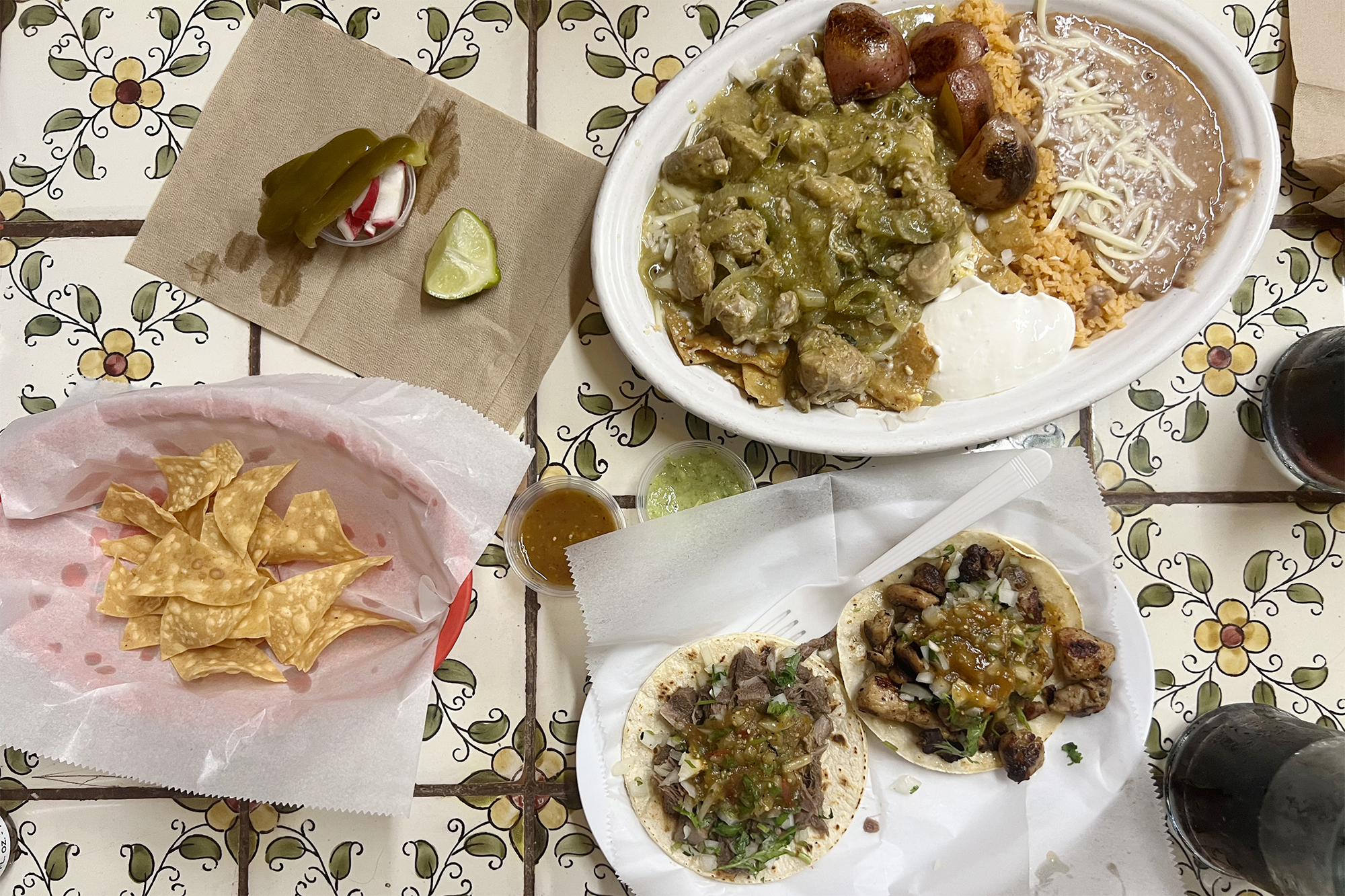
Last month we went to a wedding in San Rafael, which is a charming little town about 30 minutes north of San Francisco. We stayed at the AC Hotel, which is right in the middle of town within easy walking distance of most places. After a good night’s sleep, we set out on Saturday morning to find breakfast. The plan was to try TuTu Lounge, which had excellent reviews online, but just around the corner from the hotel was a Mexican restaurant called Taqueria Bahia, tempting us with Mexican breakfast dishes. We ended up eating there instead.
We ordered chilaquiles with pork and frijoles refritos. Chilaquiles is a classic Mexican breakfast dish made with crispy tortilla chips tossed in either red or green salsa, often topped with eggs, cheese, and sometimes meat. It’s one of those hearty, tasty dishes that keep you full and happy for hours. Frijoles refritos literally means fried beans, but that doesn’t quite capture how good they are. Traditionally, pinto (or sometimes black) beans are cooked, mashed, and then slowly fried in fat until thick and creamy. They’re often made with pork lard (manteca), though many places today use oil or butter instead. The result is a rich, flavorful bean purée that’s perfect alongside tacos or, as in our case, chilaquiles.
We also shared two tacos: one with lengua (beef tongue) and one with grilled chicken. Lengua tacos are usually my favorite, but at Taqueria Bahia, I liked the chicken taco better. By the counter there was a small bar with different kinds of salsa and toppings, so we helped ourselves to a red one and a green one, both excellent. A solid spot for a Mexican-style breakfast and some great tacos.
Taqueria Bahia, 1013 B St #2905, San Rafael, CA 94901
